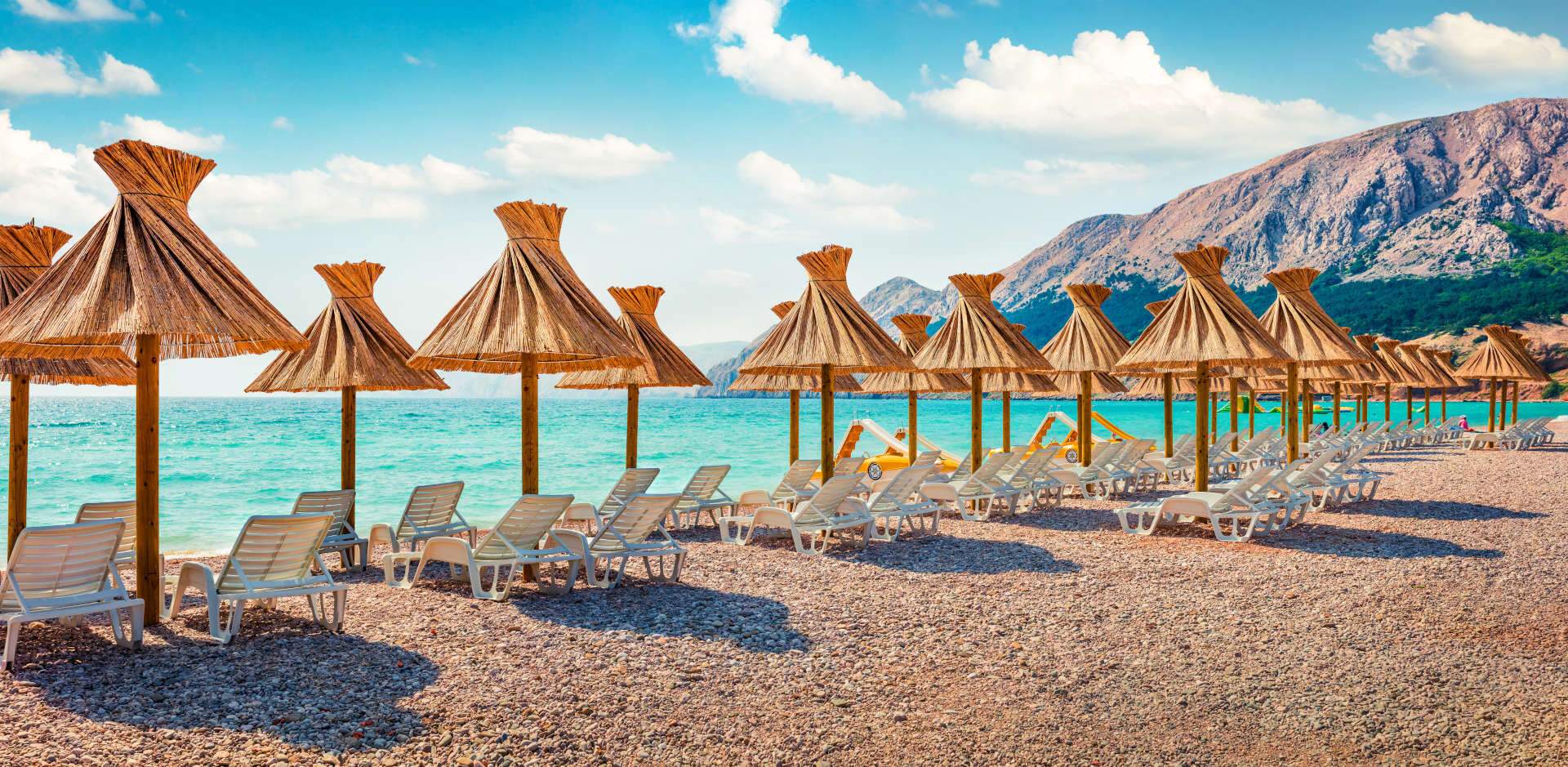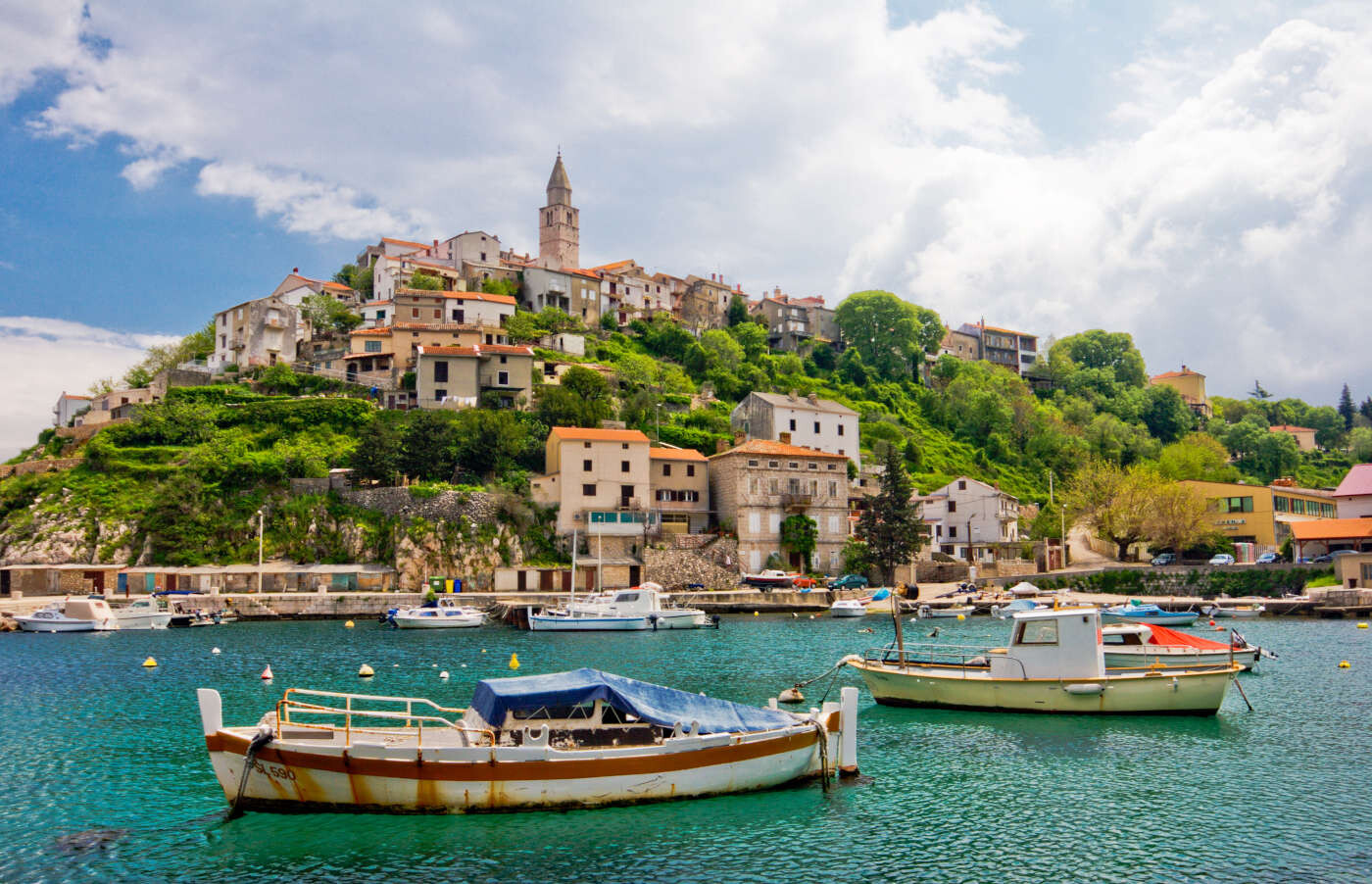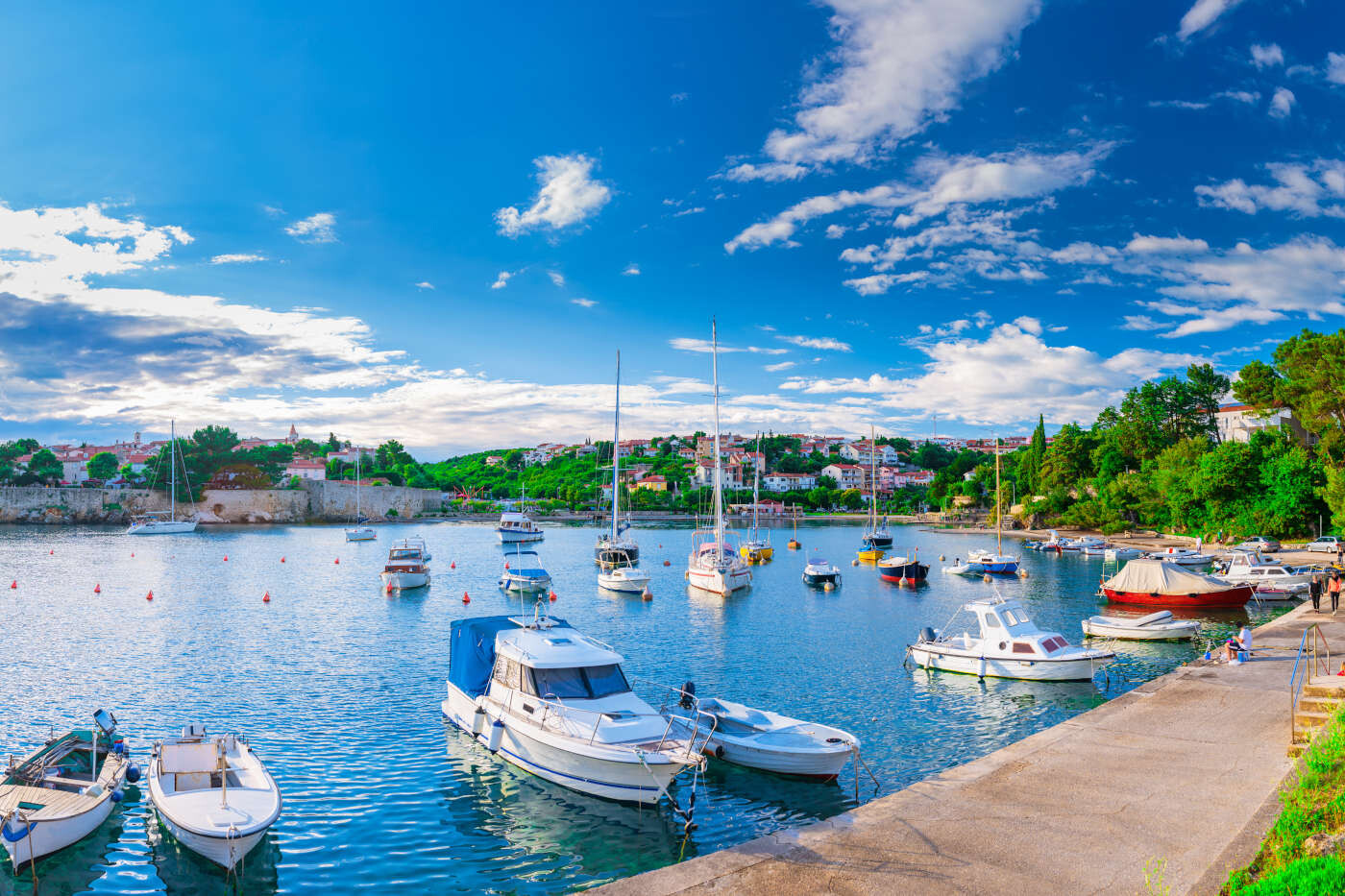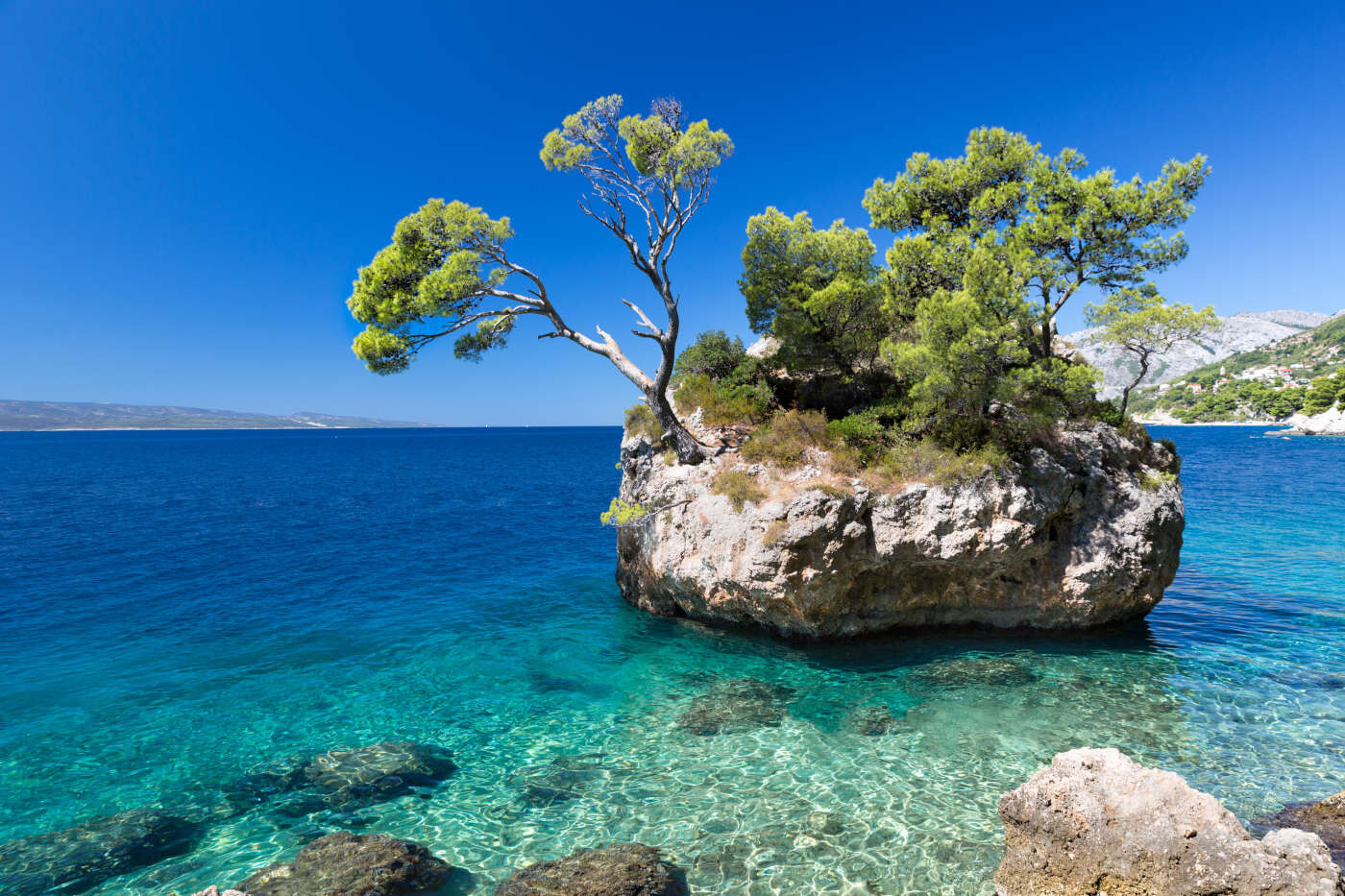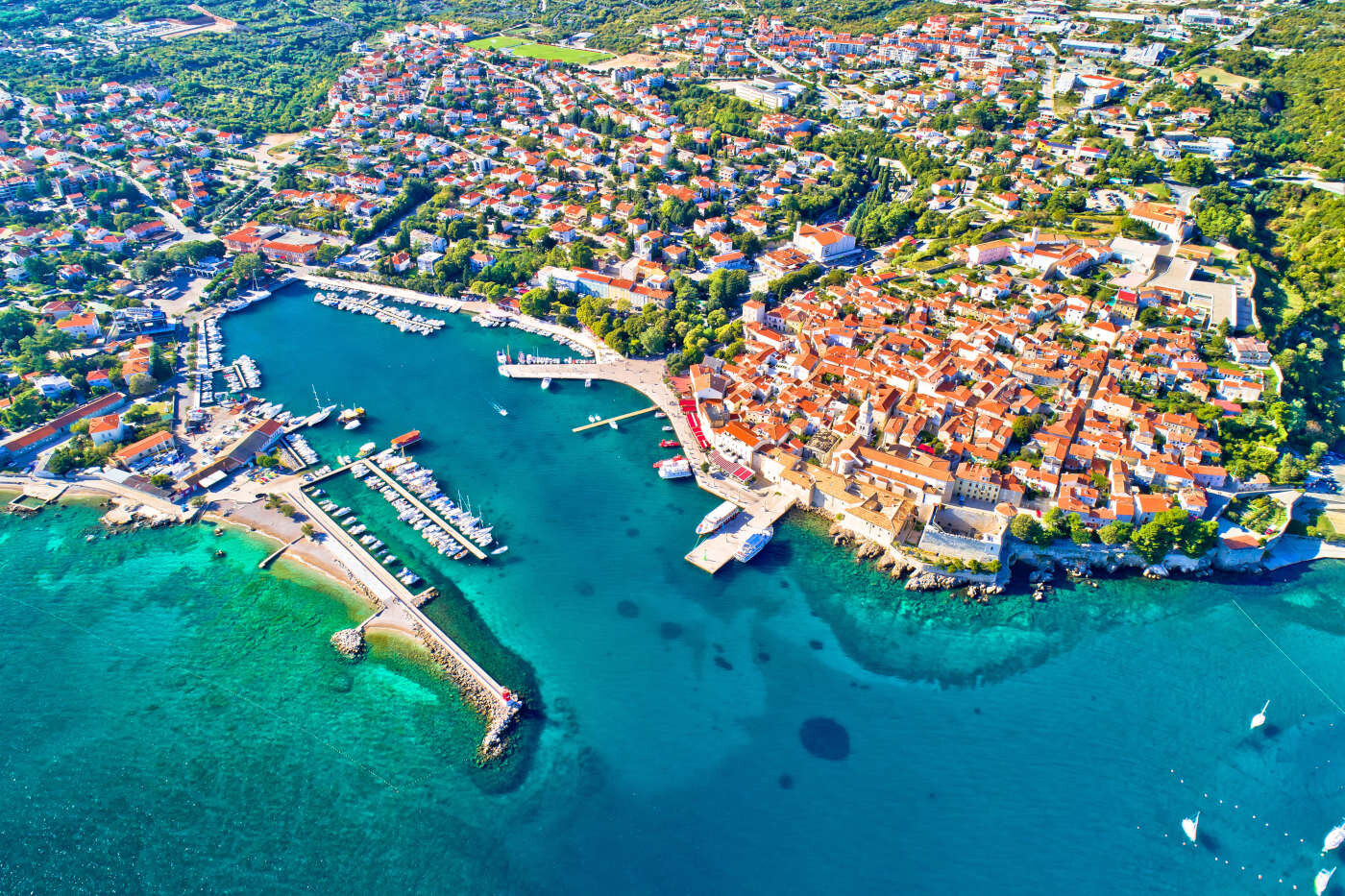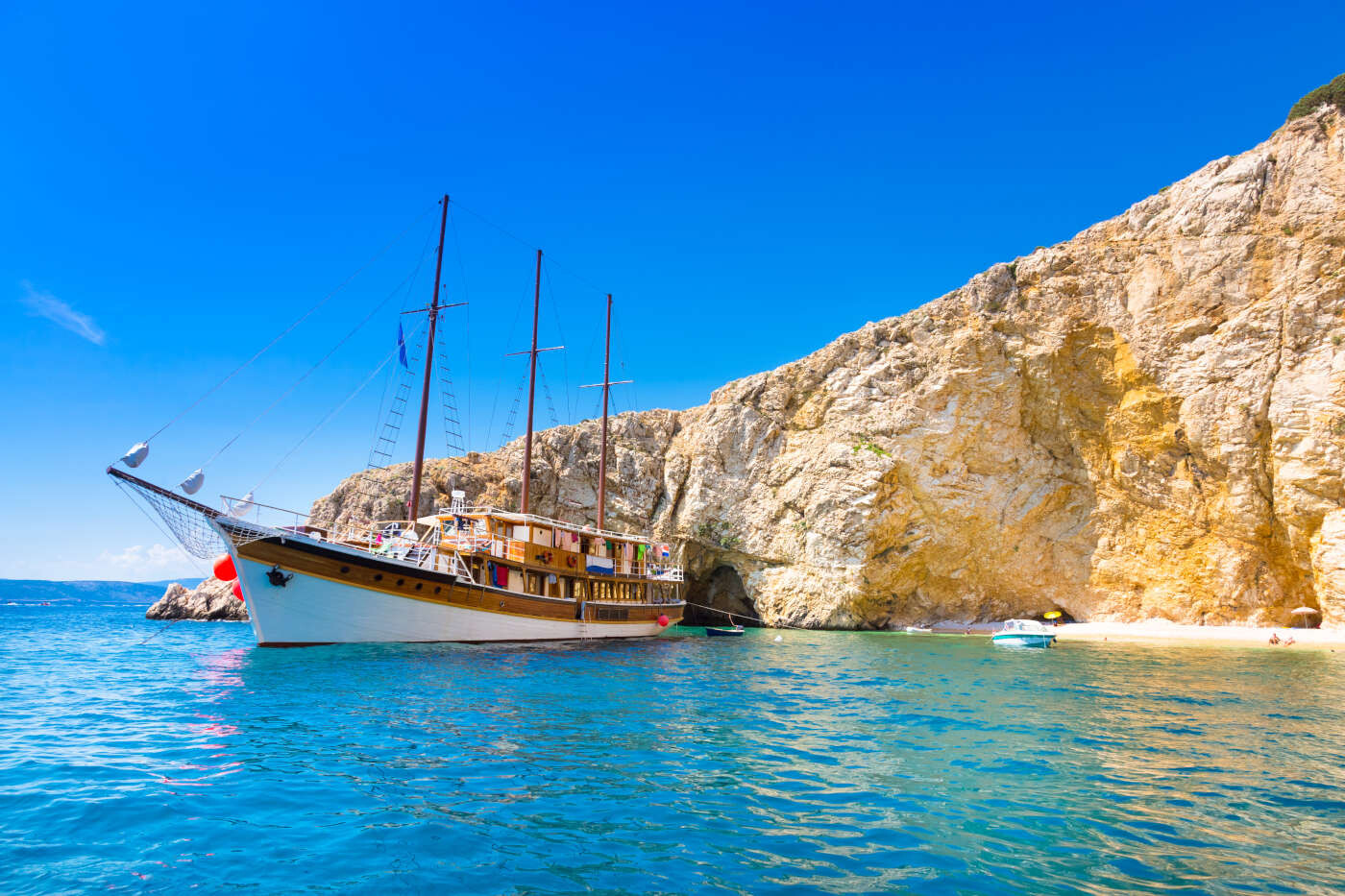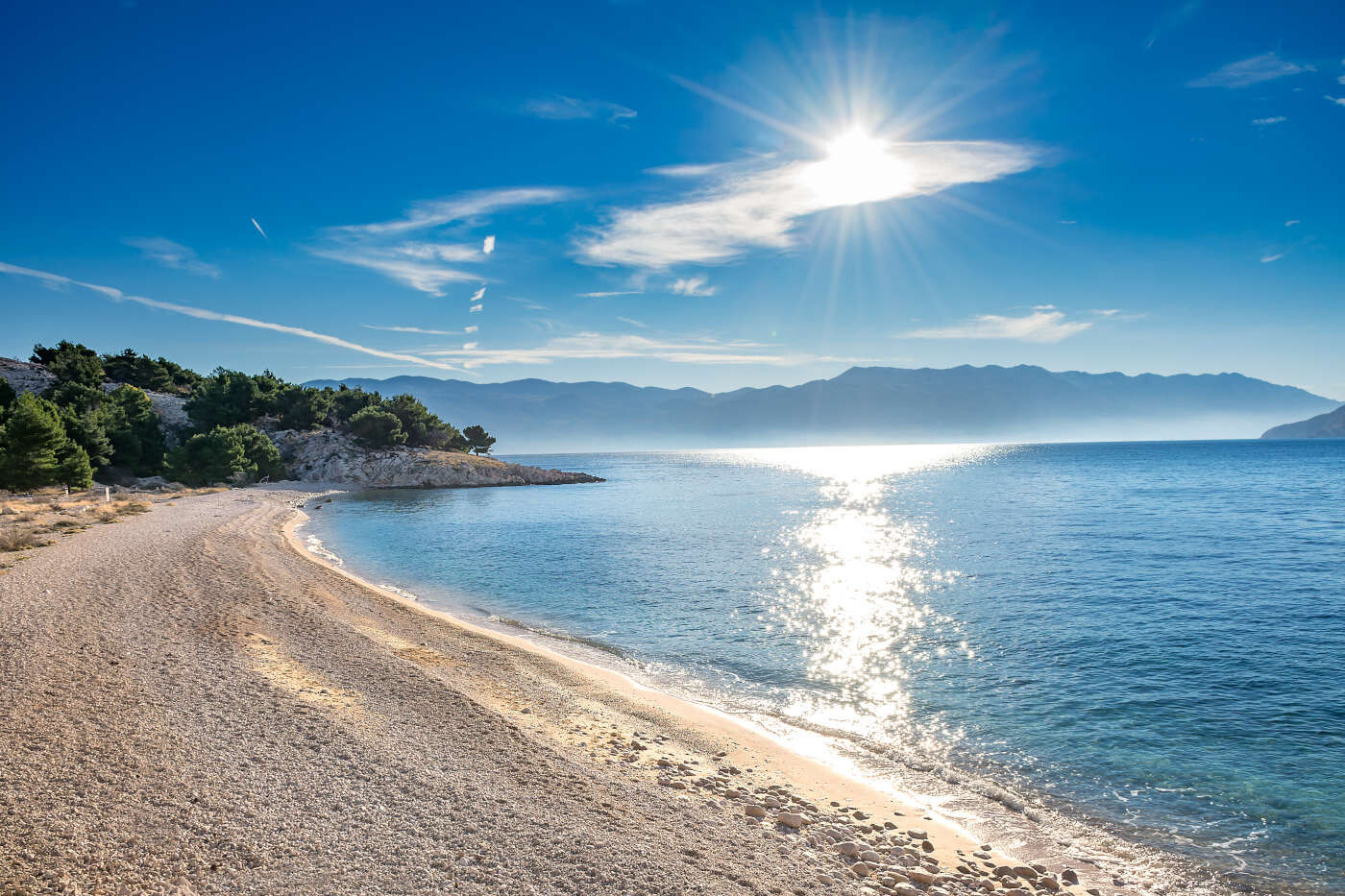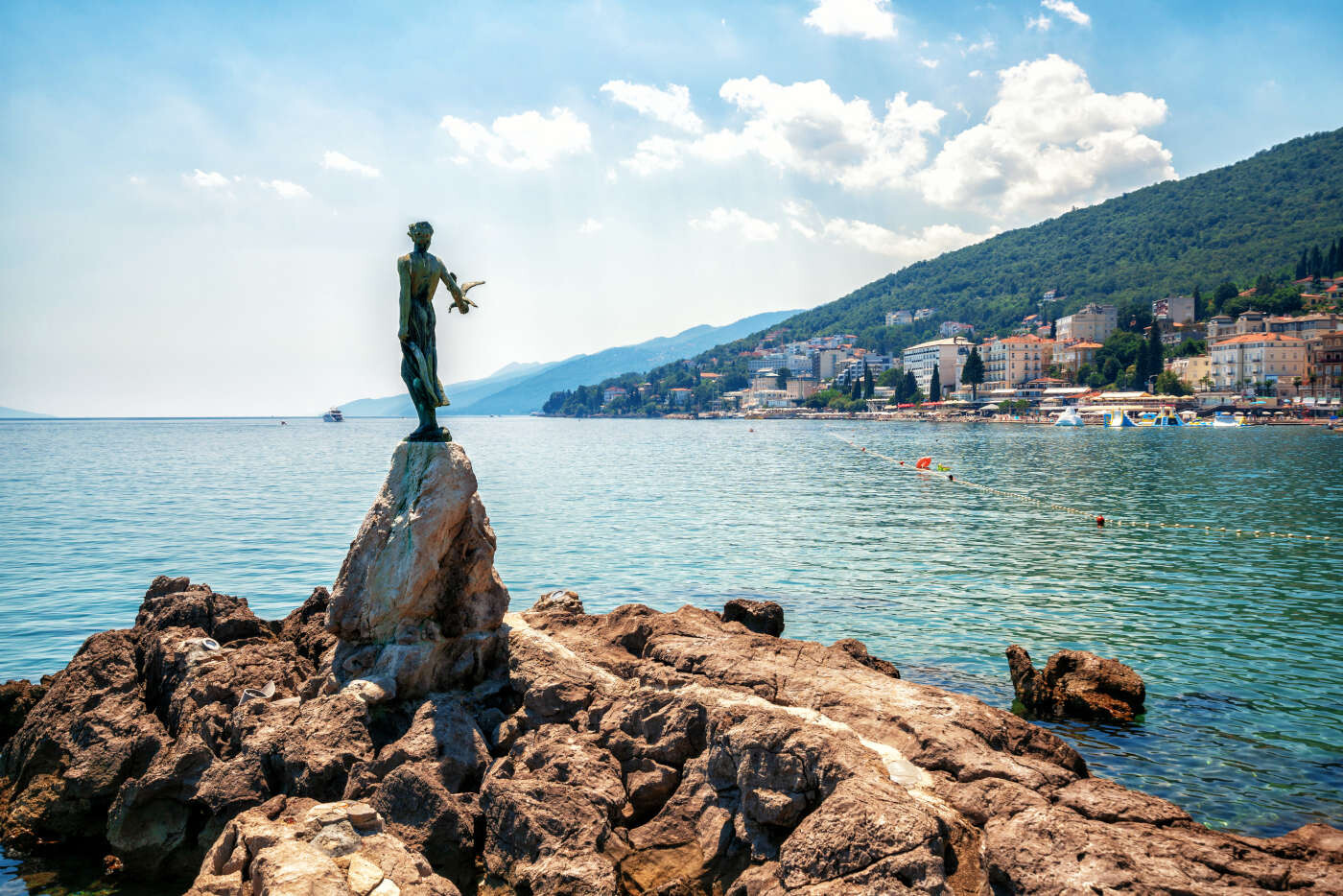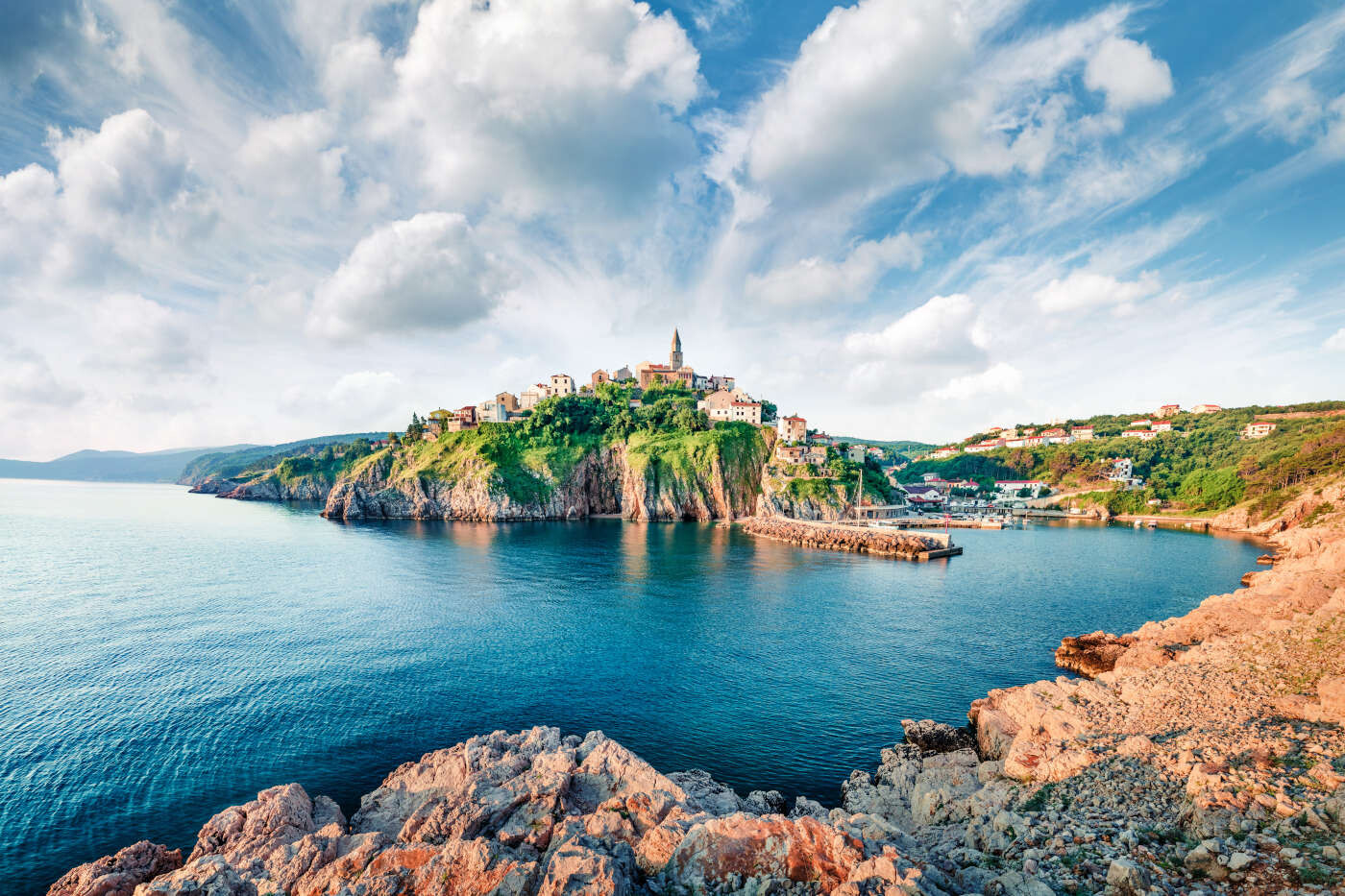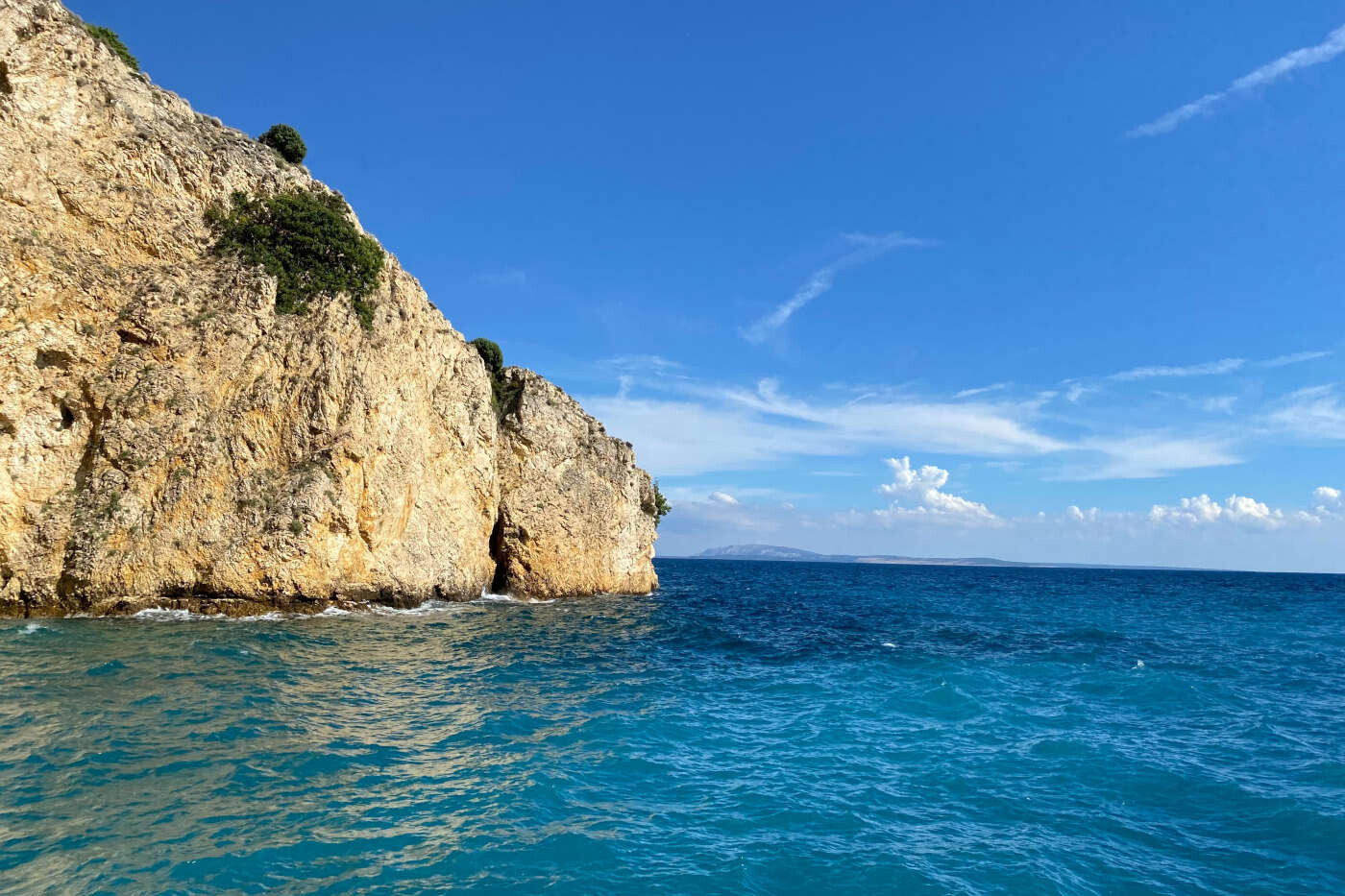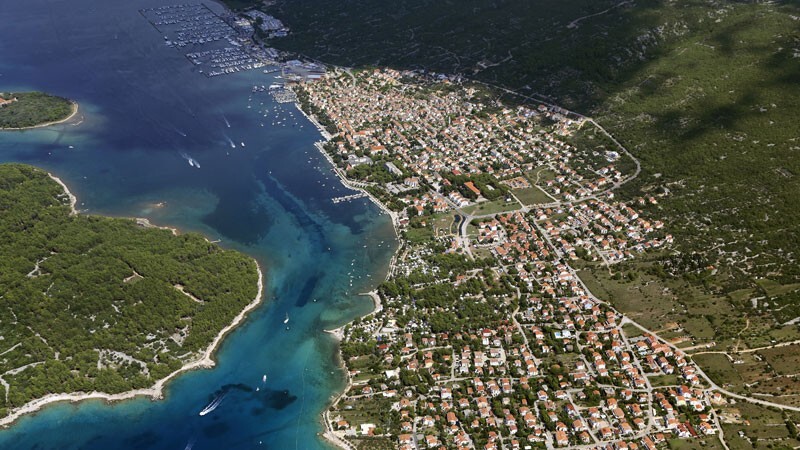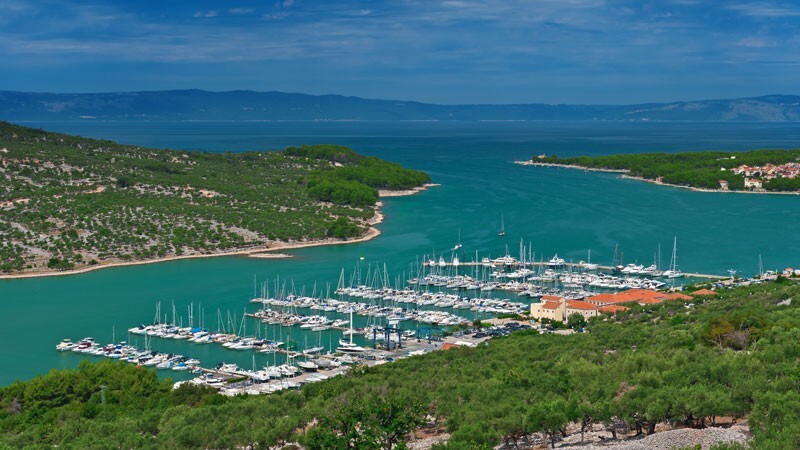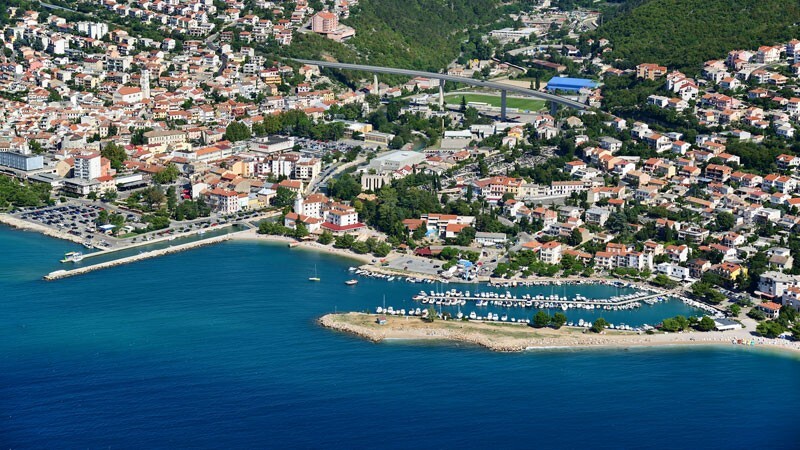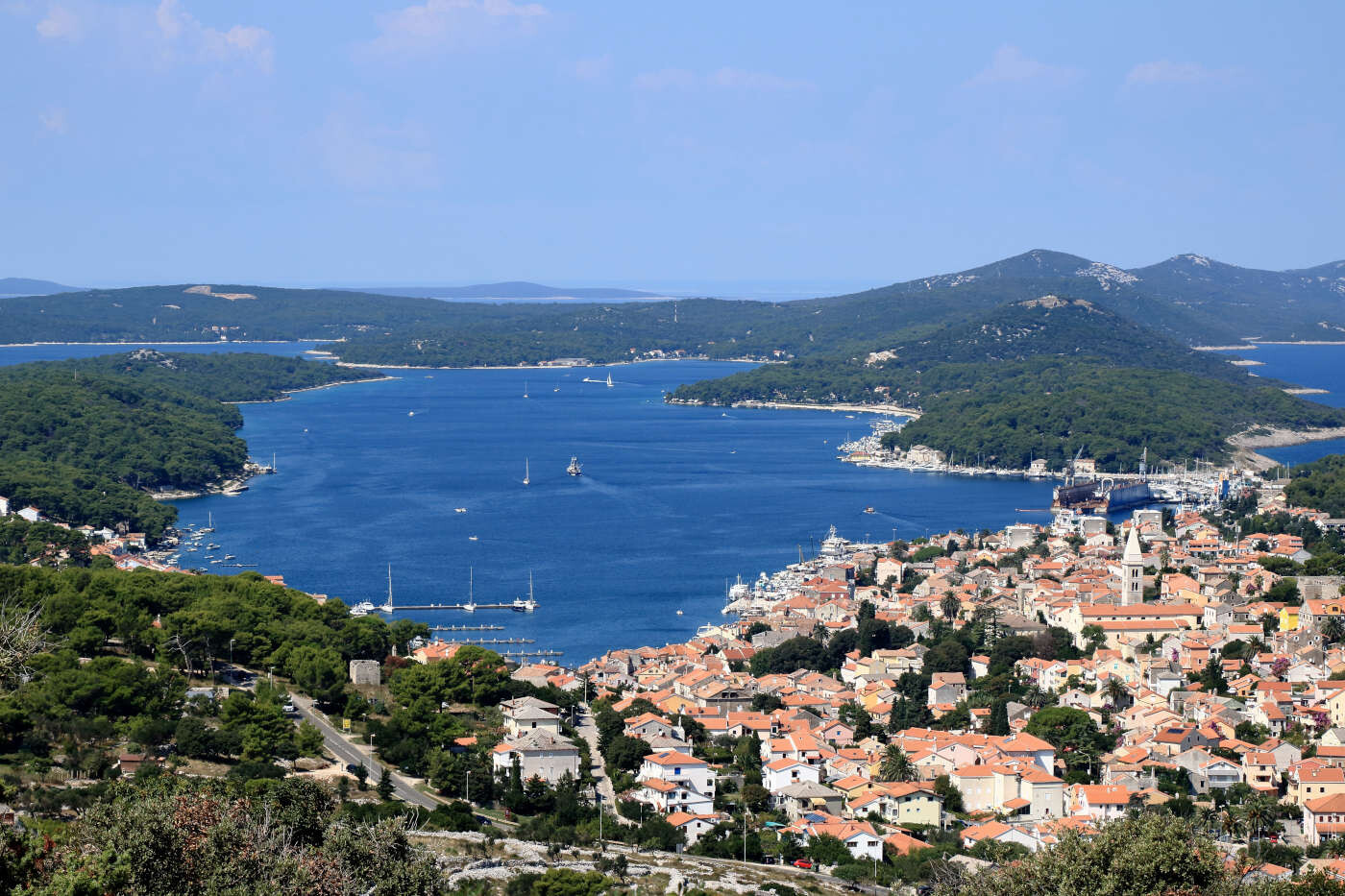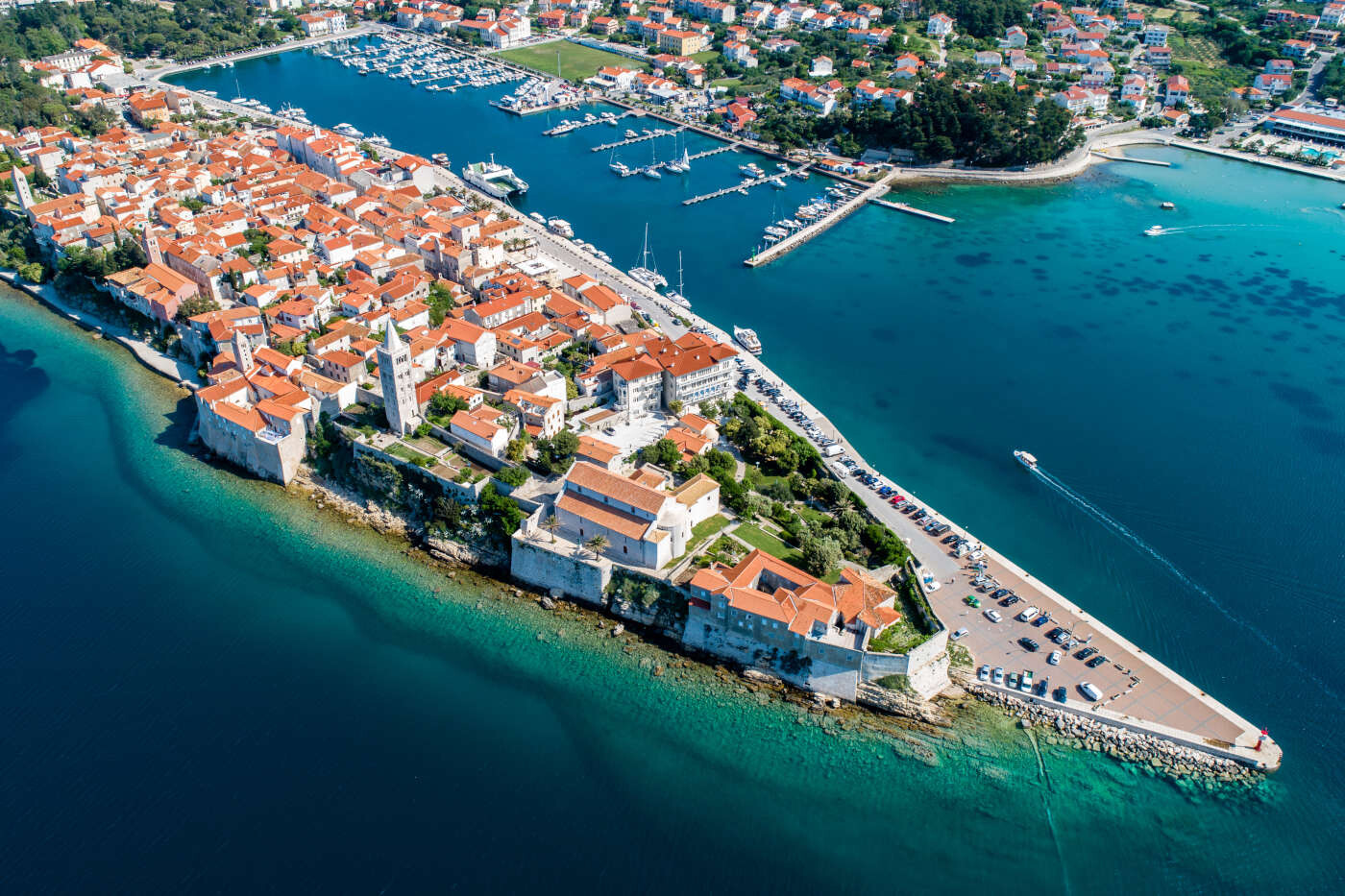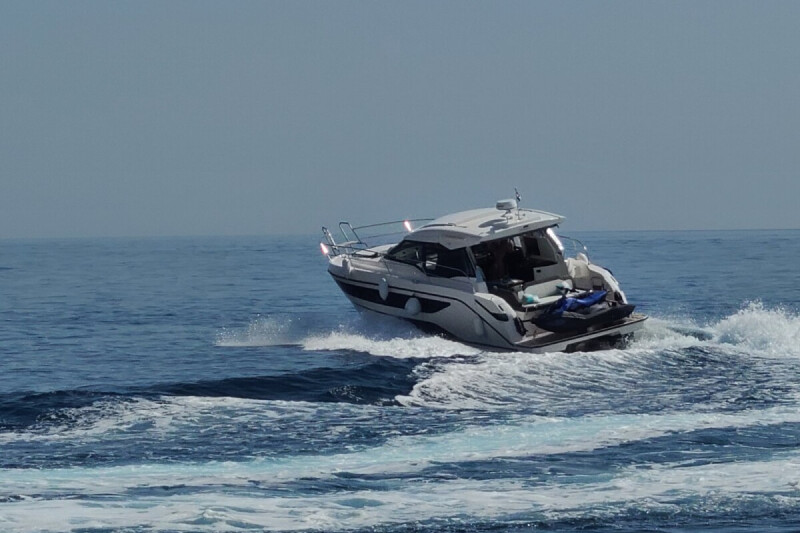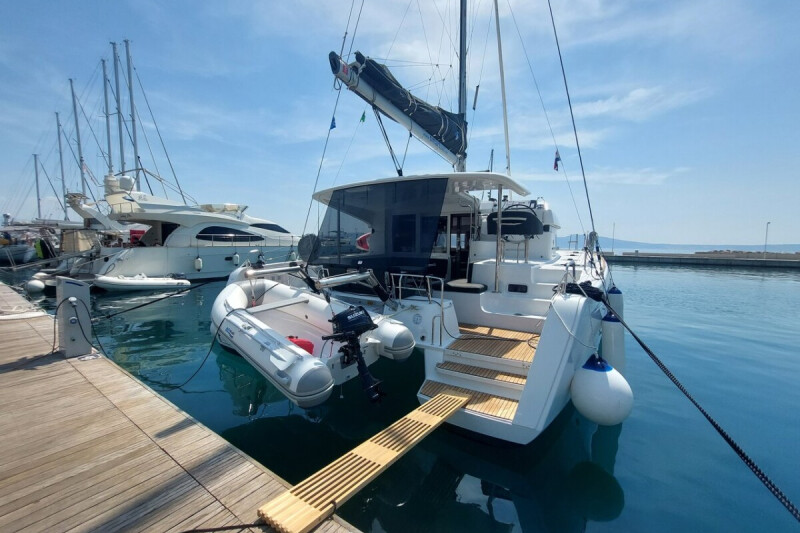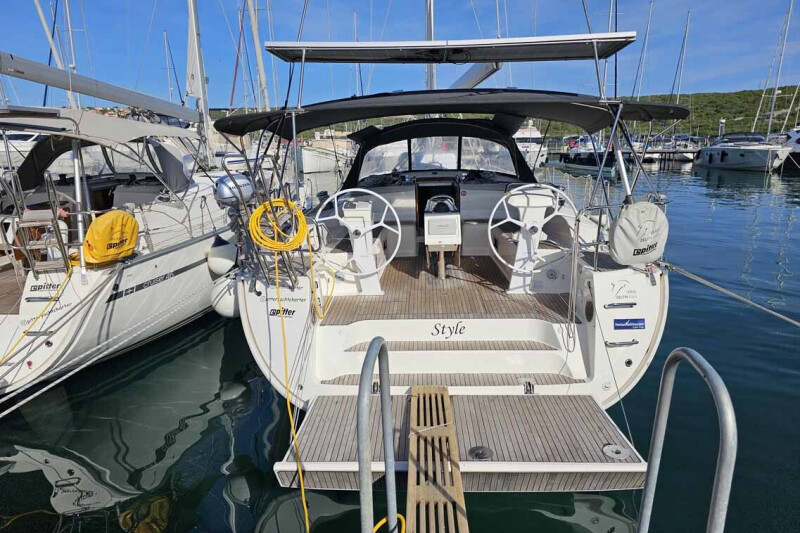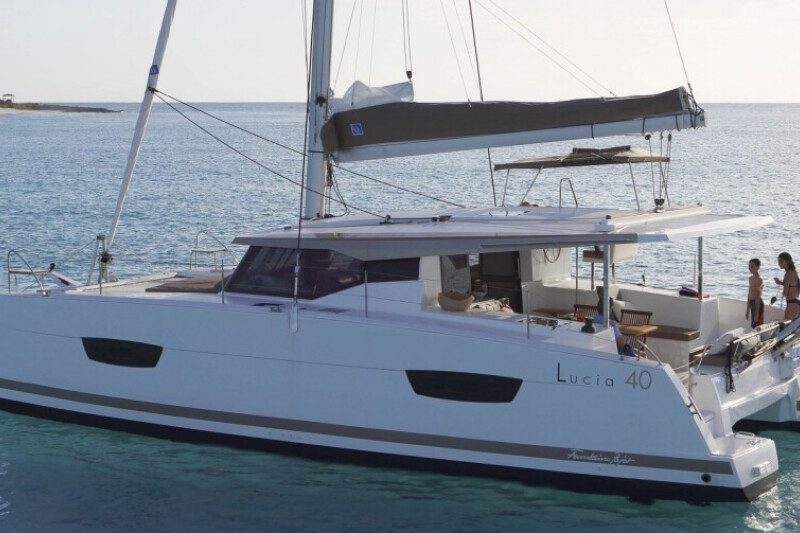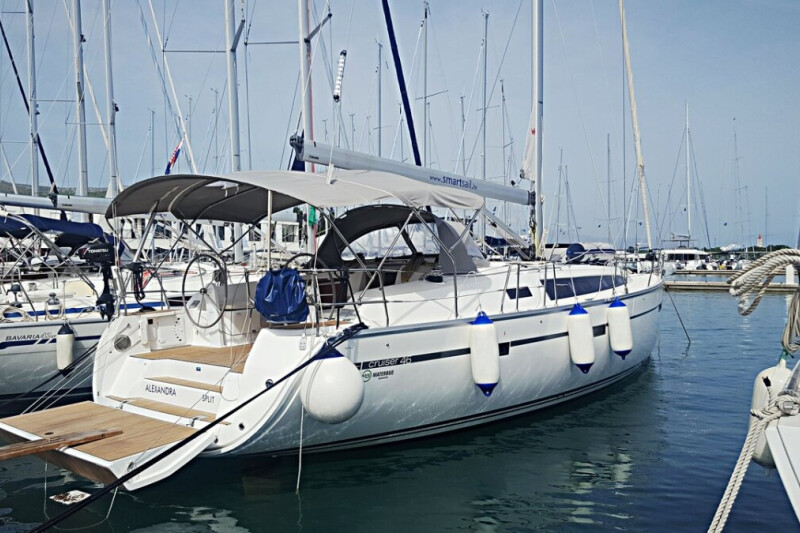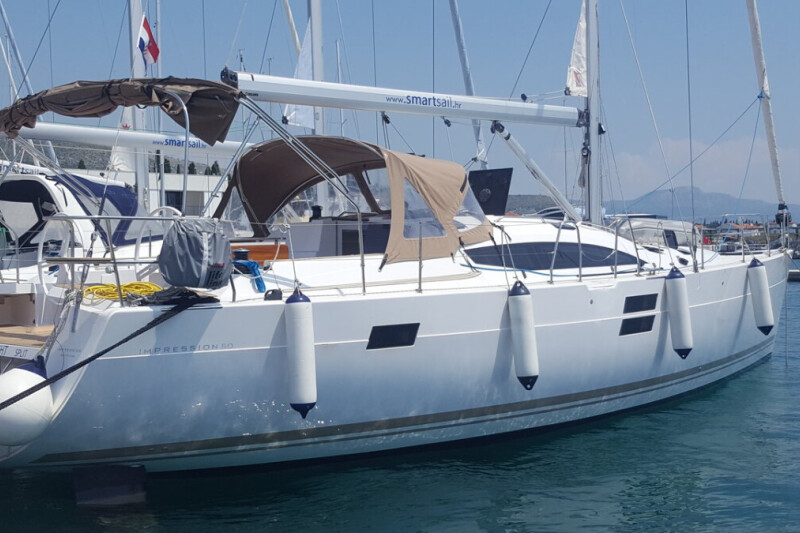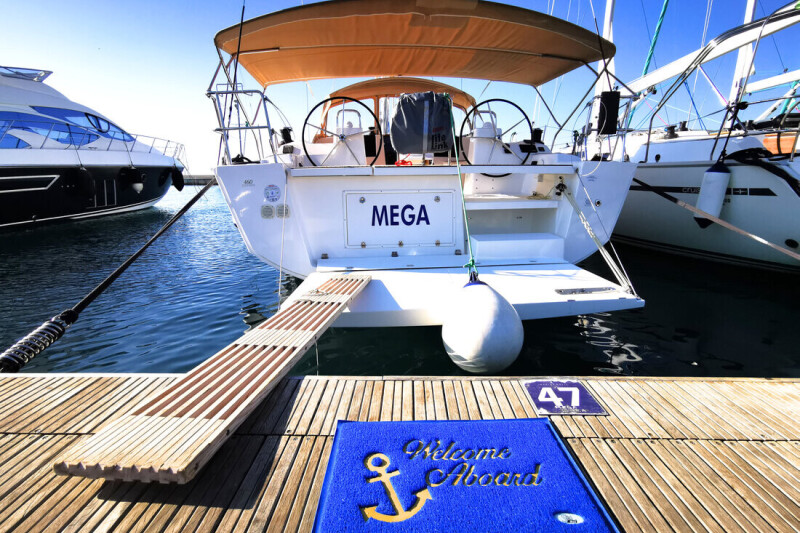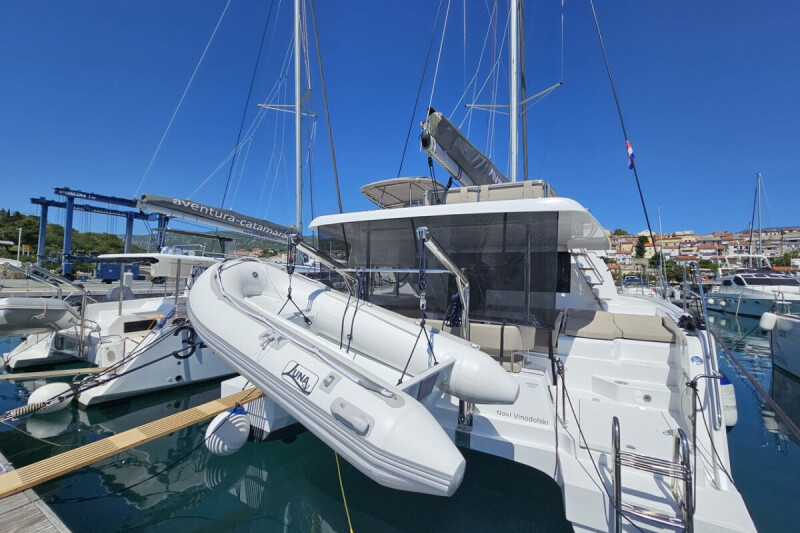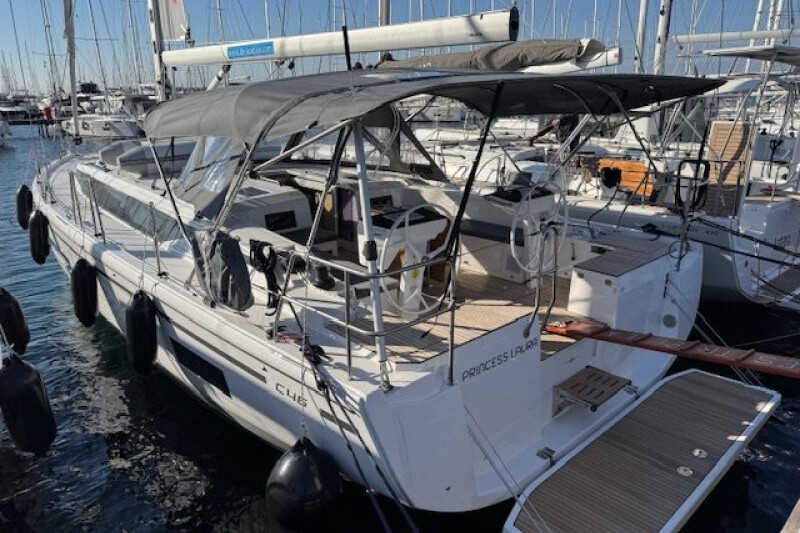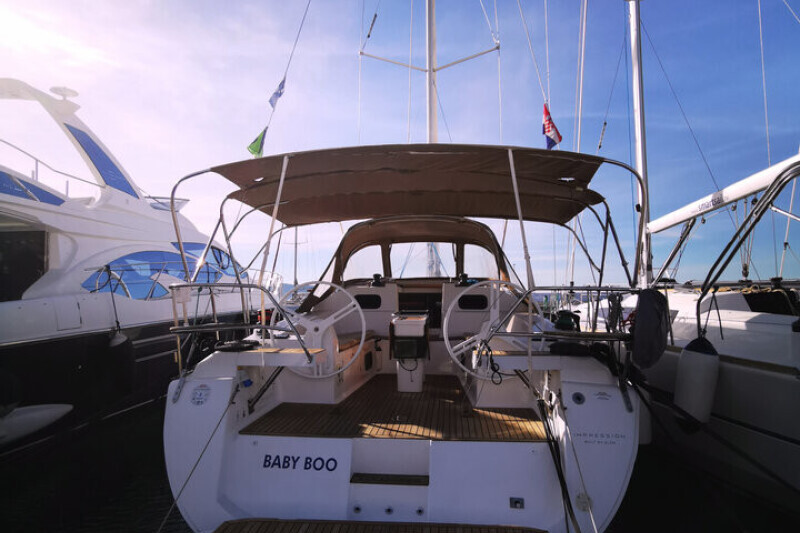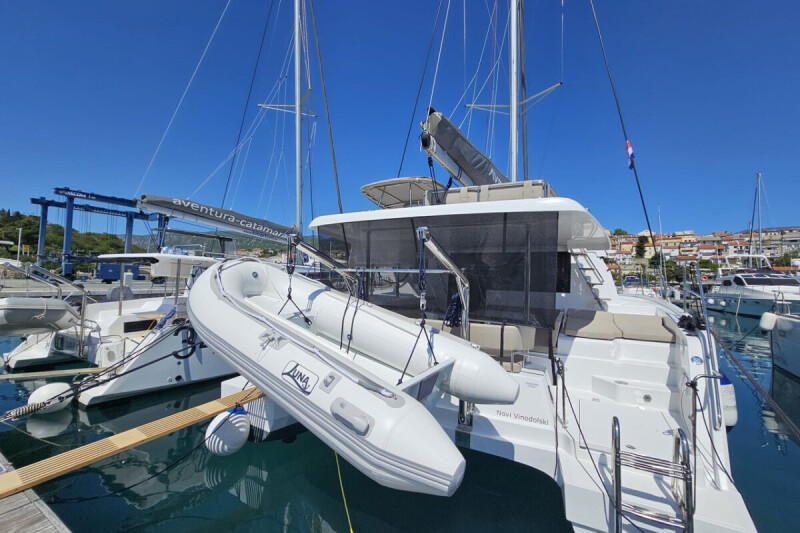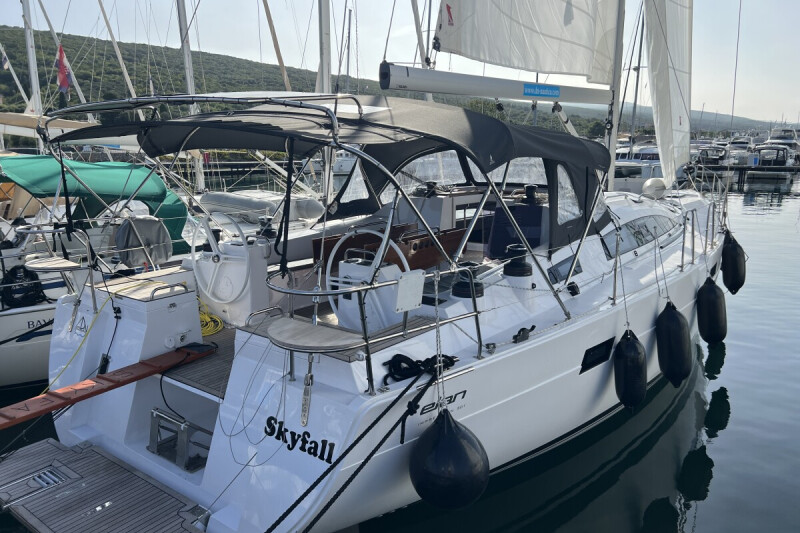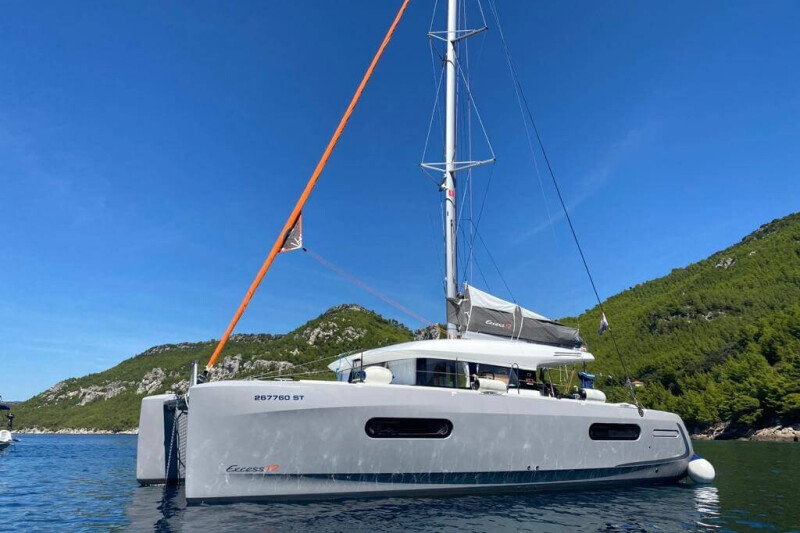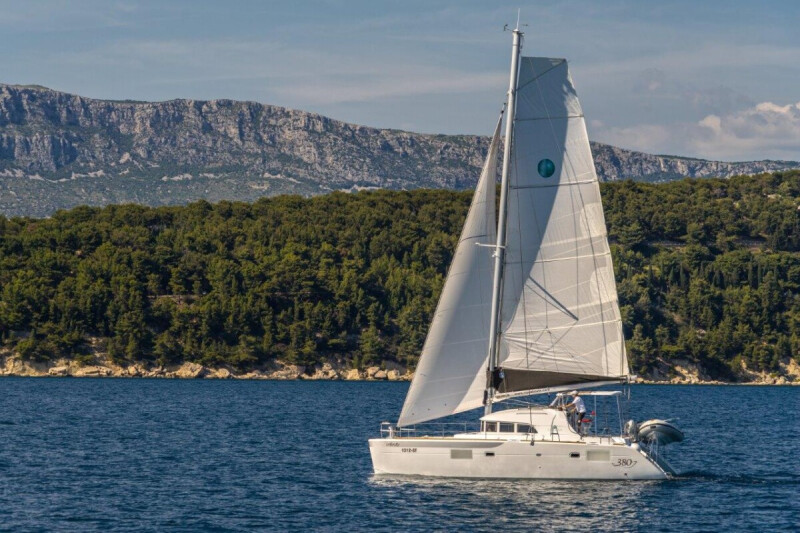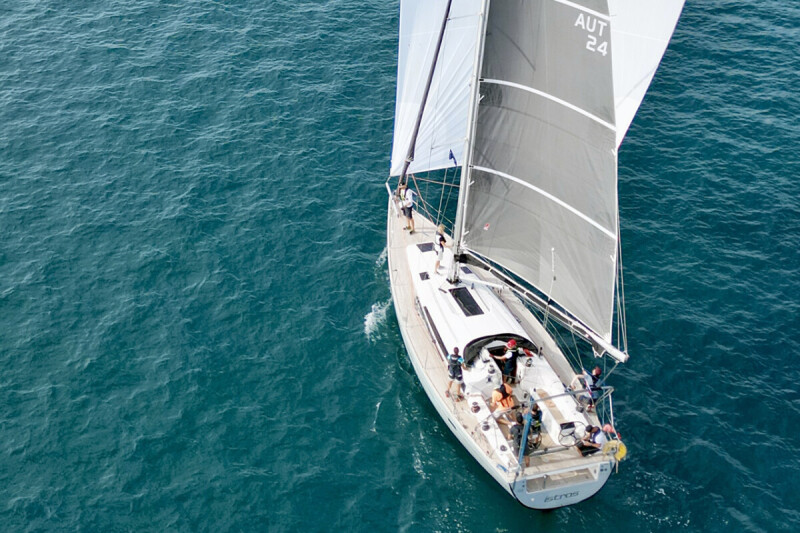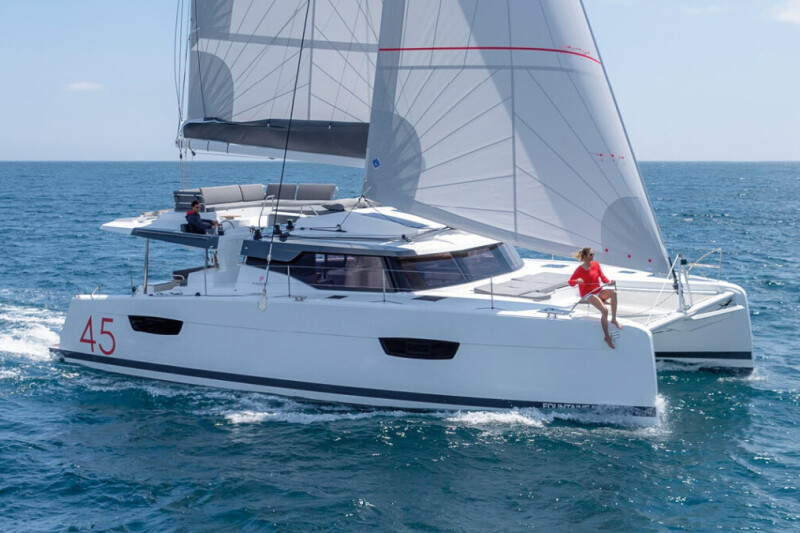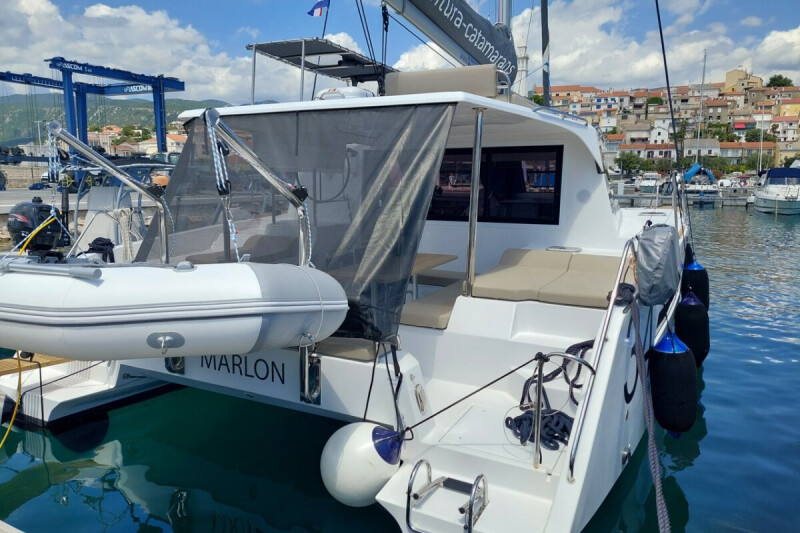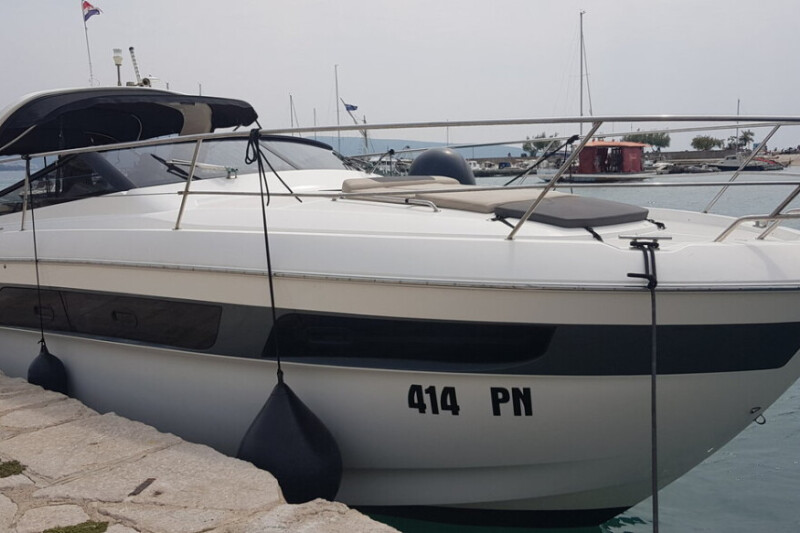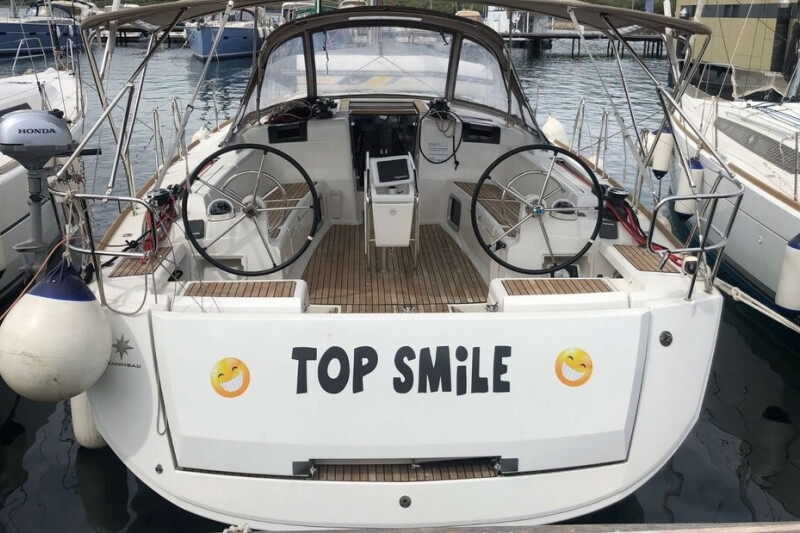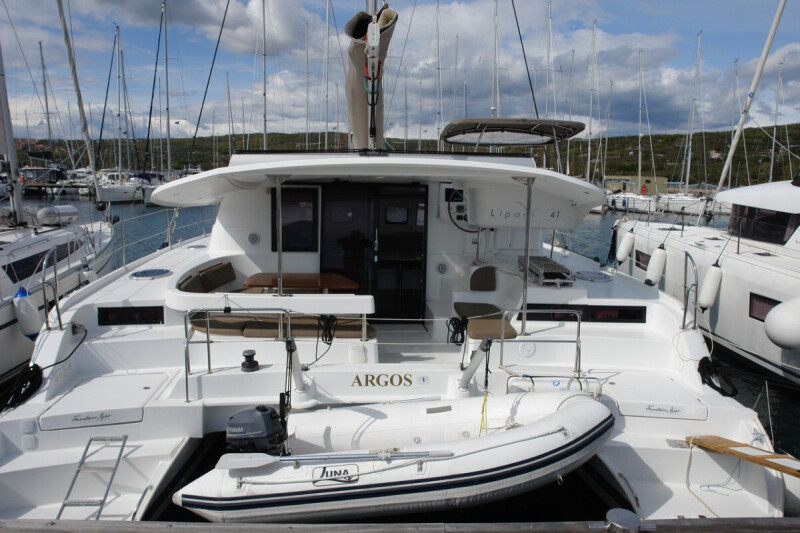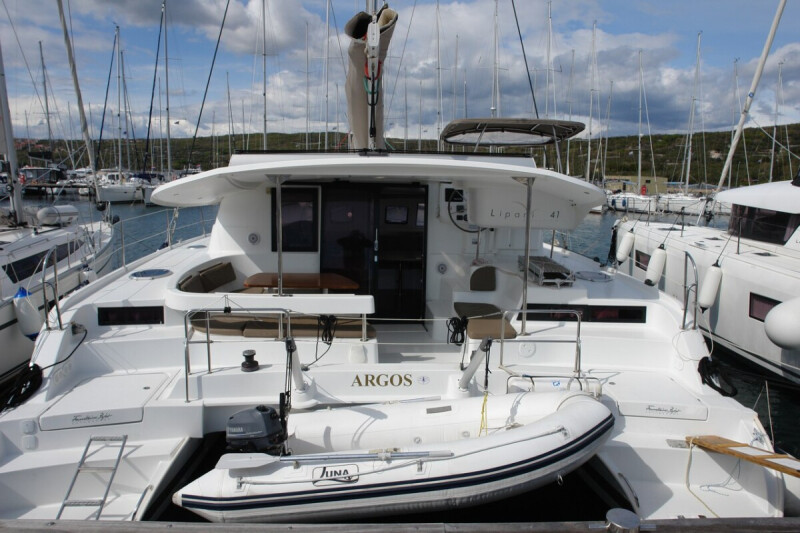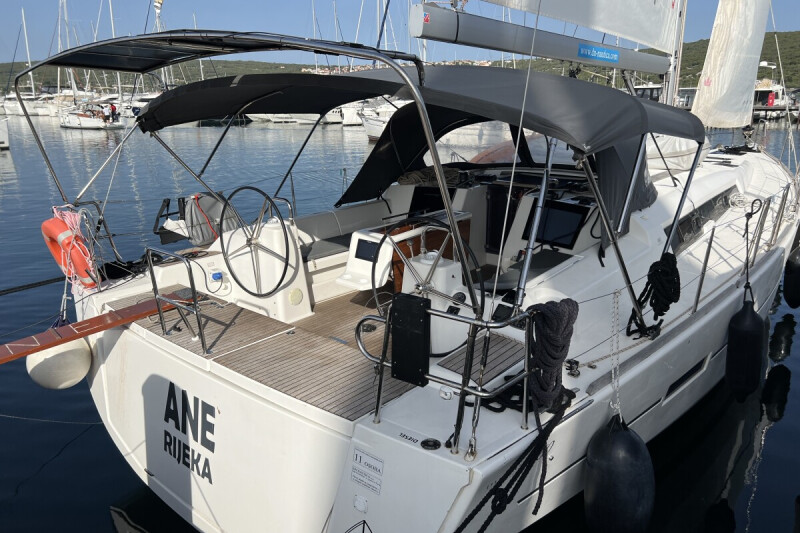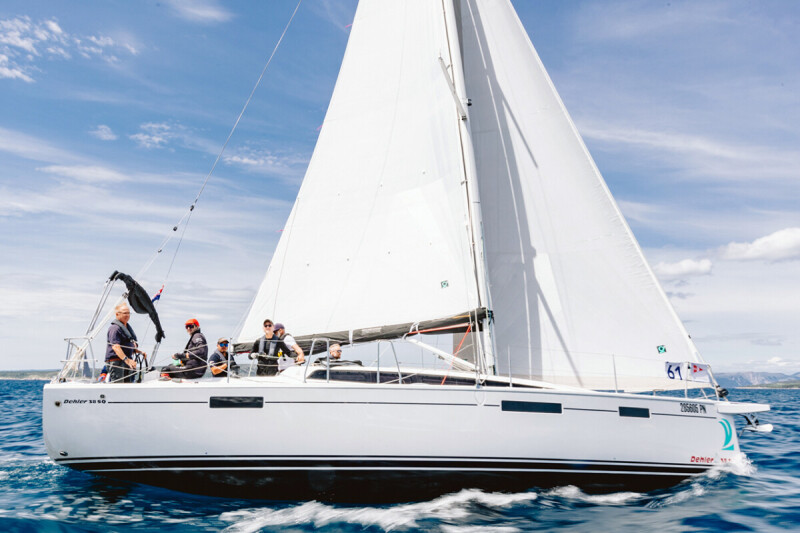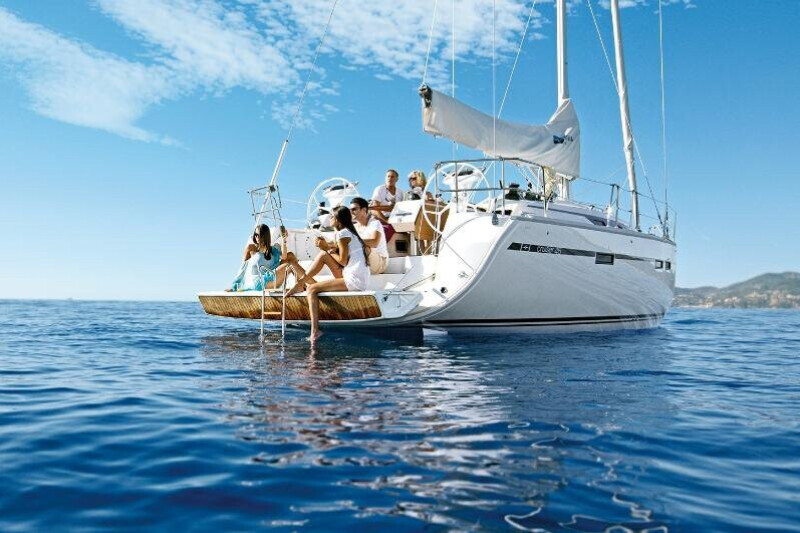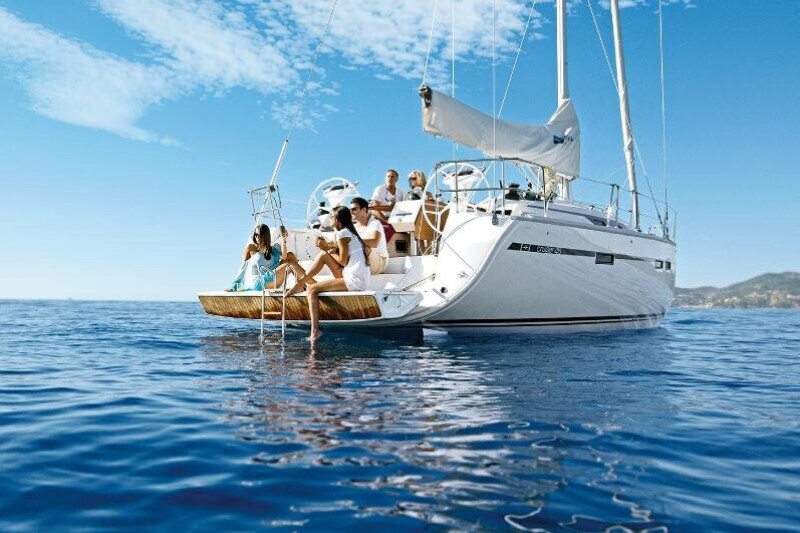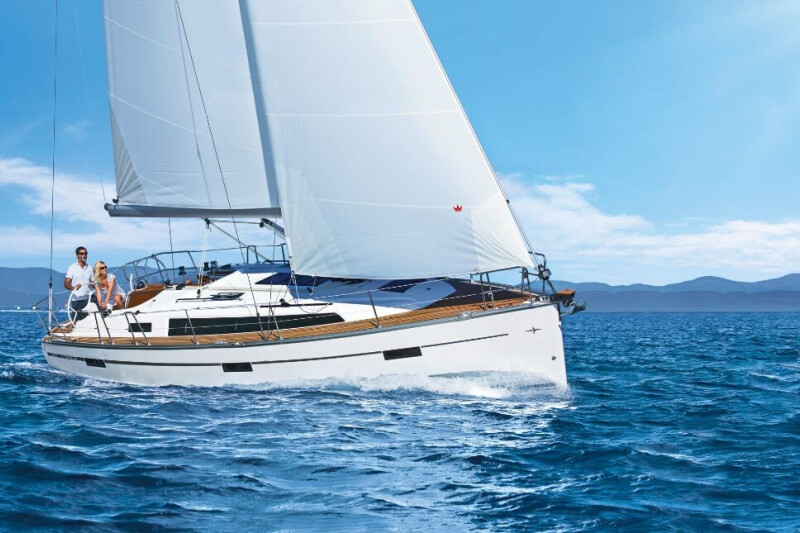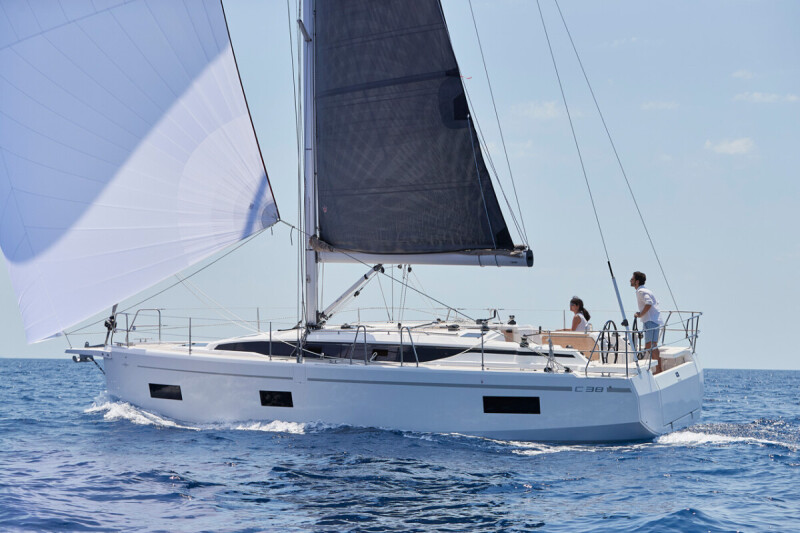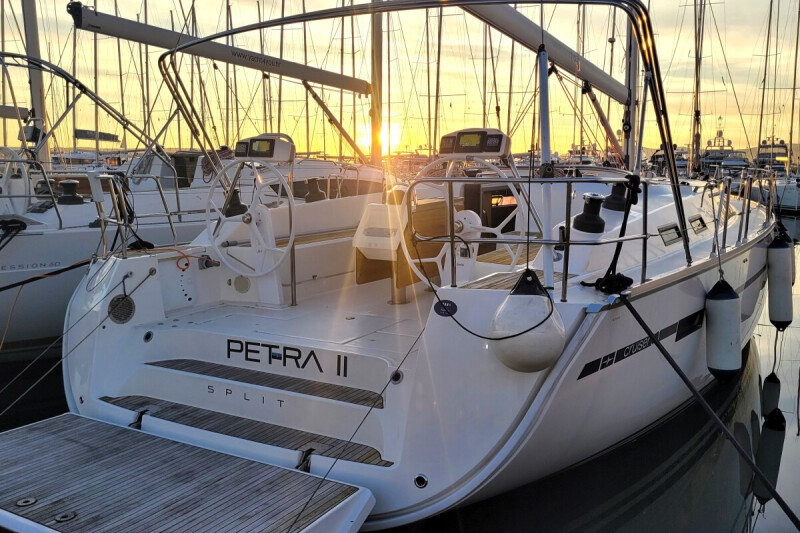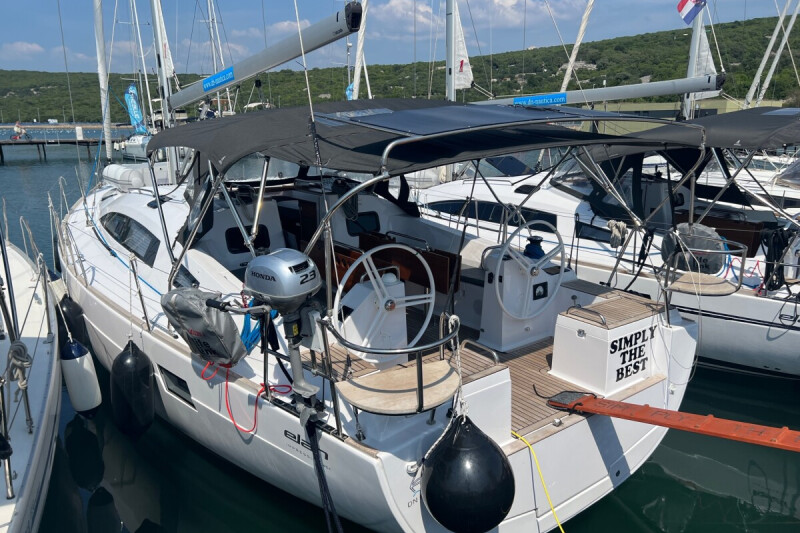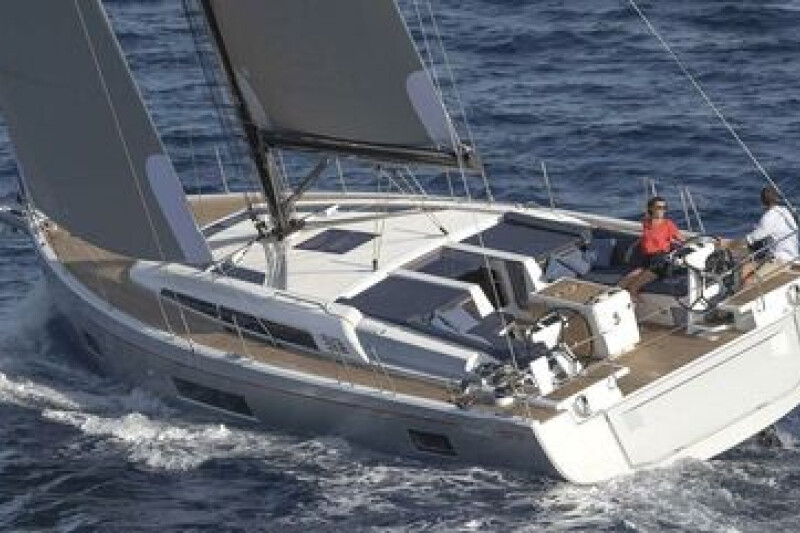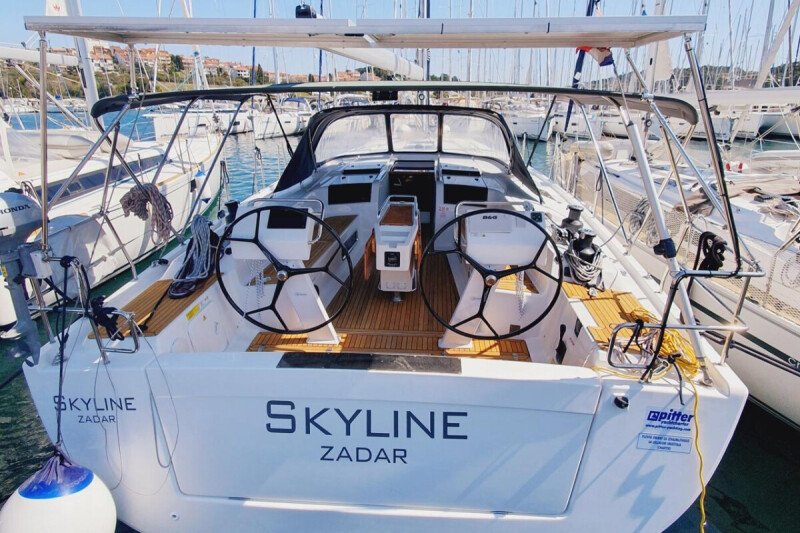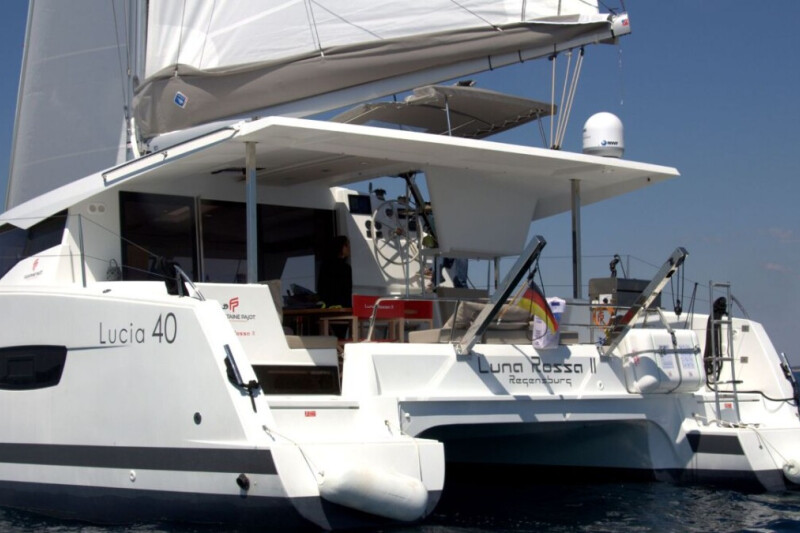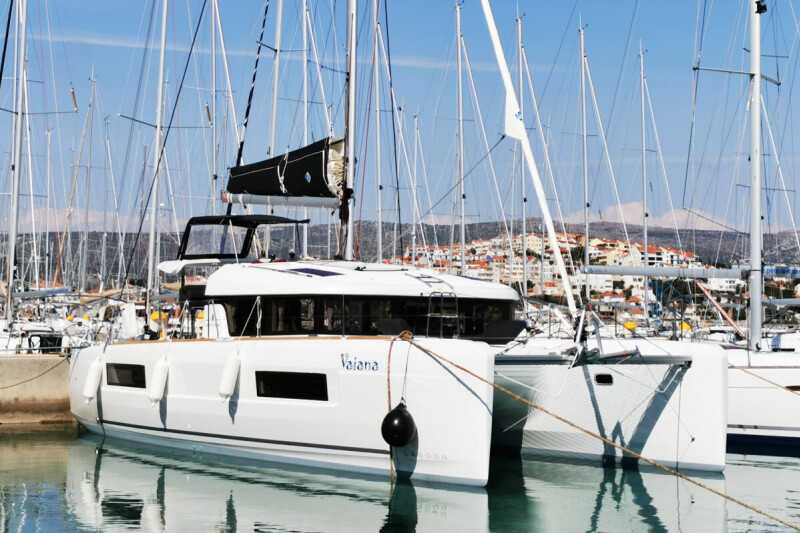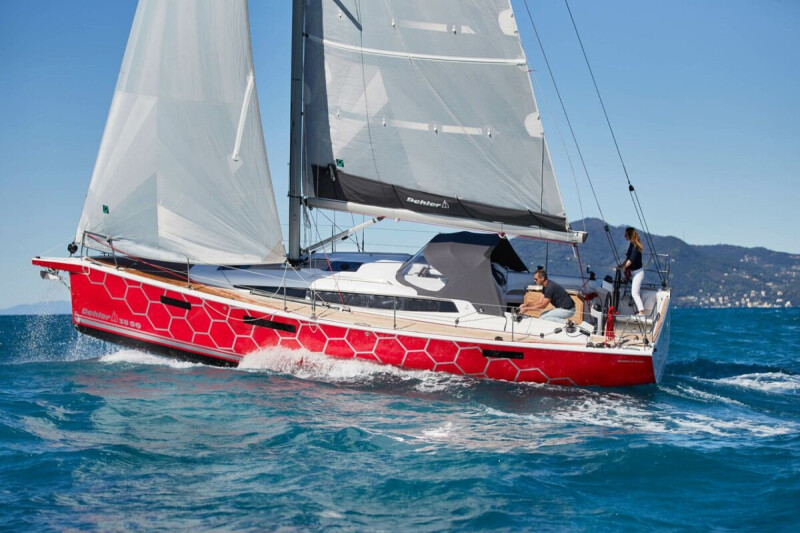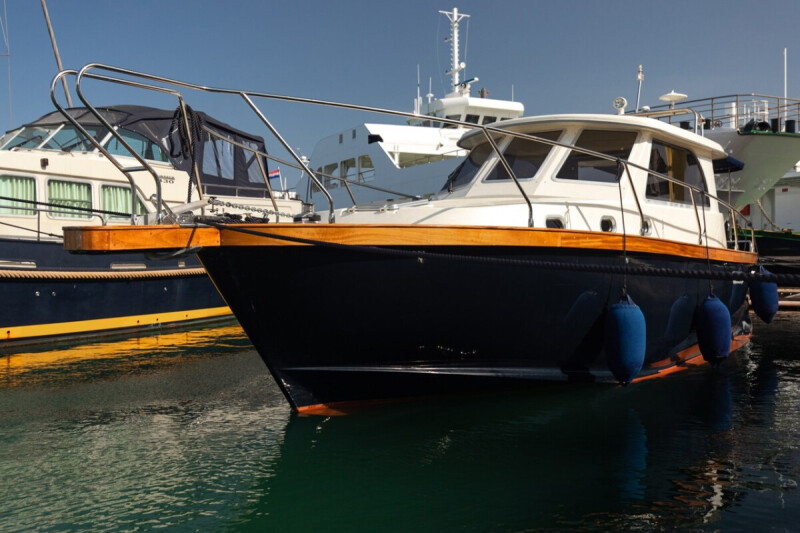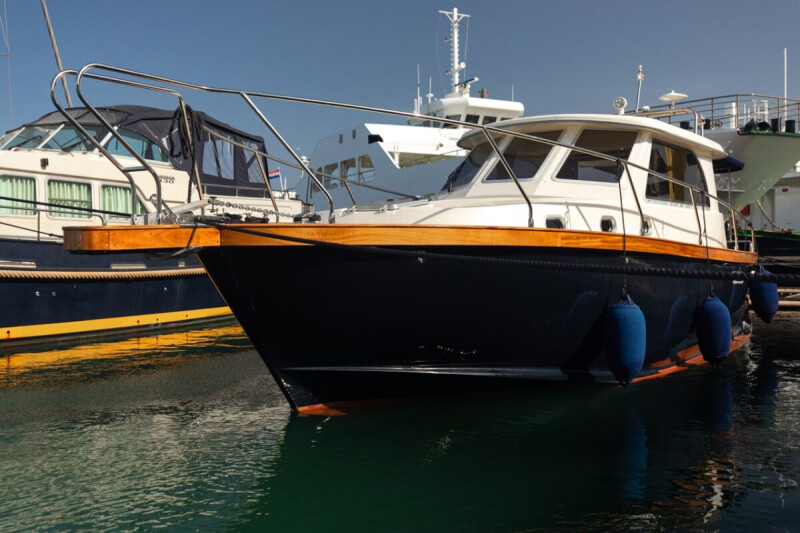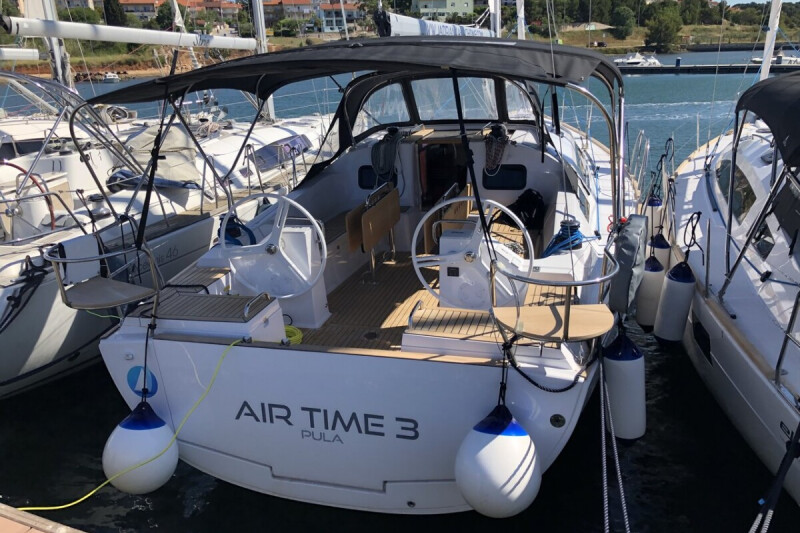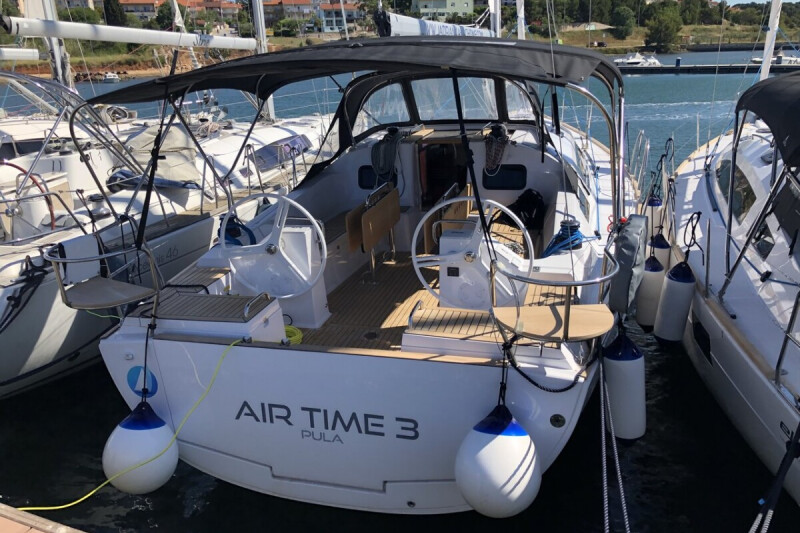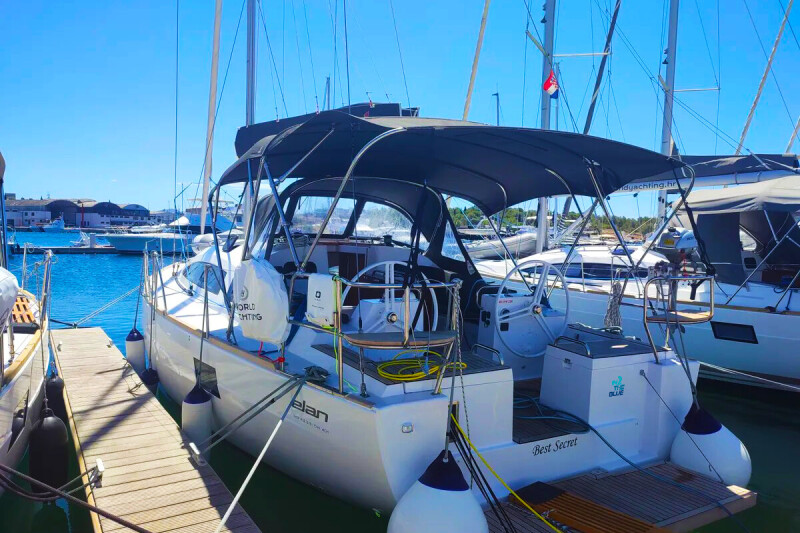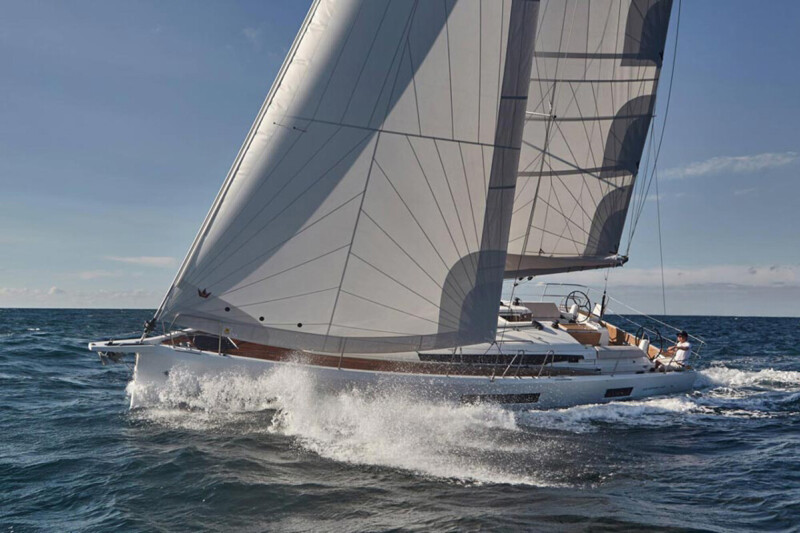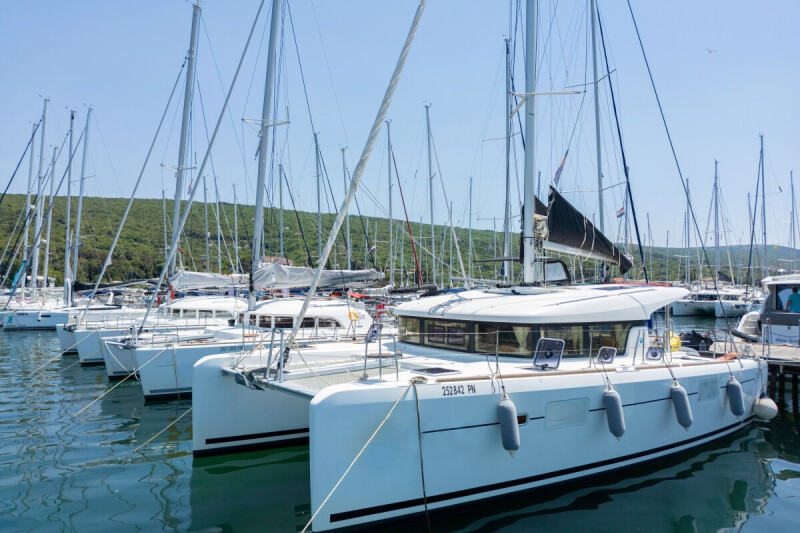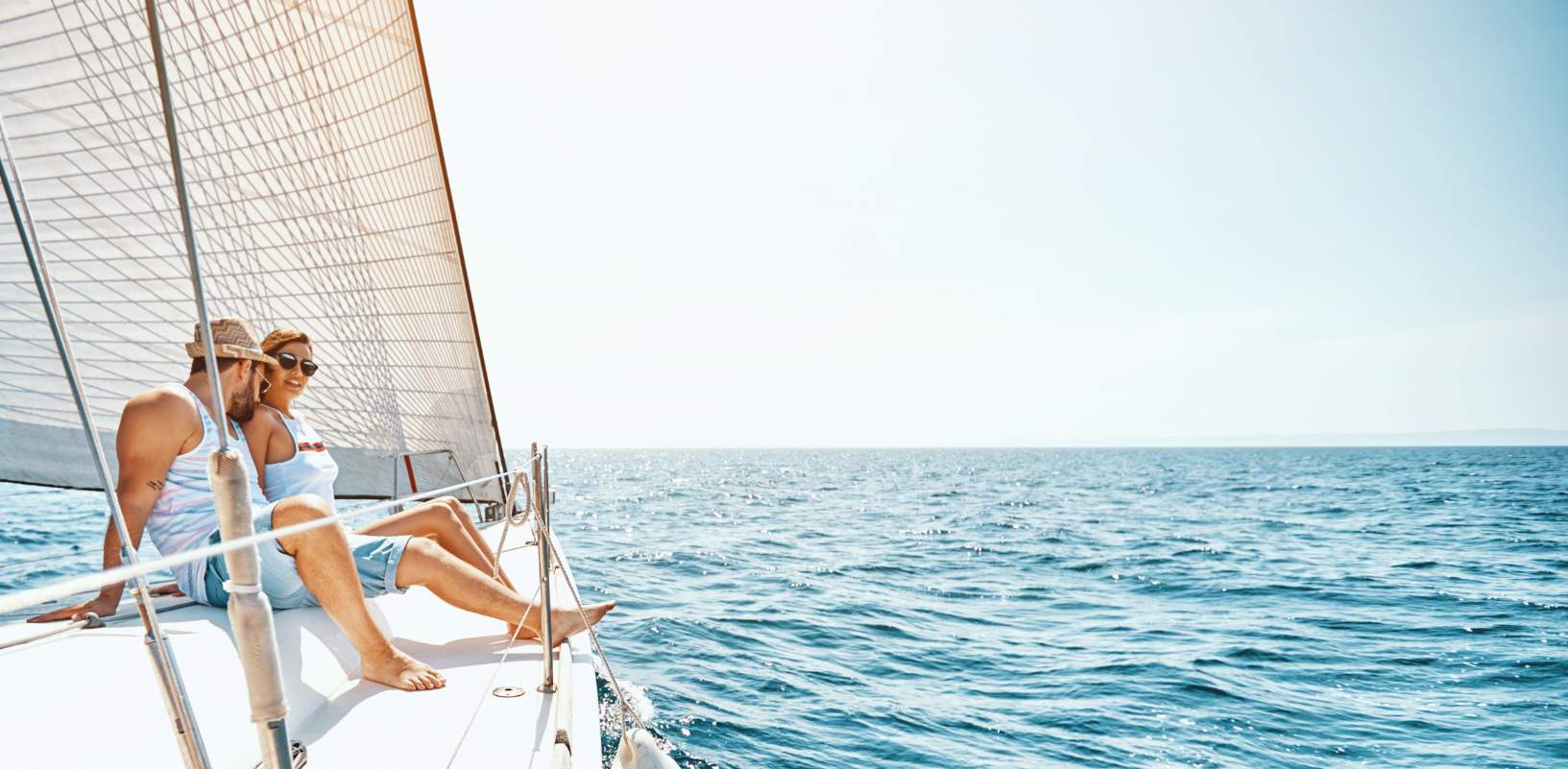Krk is a Croatian island in the northern Adriatic Sea, located near Rijeka in the Bay of Kvarner and part of Primorje-Gorski Kotar county. Traditionally, Krk had been thought to be the largest Adriatic island, with an area of 405.78 km2 (156.67 sq mi), until geographical survey and remeasurements done in 2011 determined that the neighbouring island of Cres has an equal surface area. Krk is the most populous island in the Adriatic Sea, with multiple towns and villages that contain a total of 19,383 (2011) inhabitants.
Archeological finds show that the island has been inhabited without interruption since the Neolithic age although not much about the earliest people is known. In later periods, Greek and Latin sources refer to Κύριστα (Ancient Greek) or Curicta (Latin) as one of the Apsyrtidian or Electridian islands held by the Liburnians, an Illyrian tribe. The Liburnians called the island "Curicum," which is assumed to be an illyrized name given the island by its original inhabitants.
There are the remains of prehistoric settlements near Draga Bašćanska and Bronze Age and Iron age earthworks near Malinska, Dobrinj, Vrbnik and Baška.
When the Venetians conquered Krk for the second time in 1118, the local noble family, the unknown Dujams, received Krk as part of a pact with Venice and they became Counts. When Dujam died in 1163, Venice allowed his sons to make their position hereditary, after a payment of 350 Byzantine gold pieces as tax. In a short time, the Krk Counts became so strong that at one time from 1244 to 1260, Venice rescinded their authority. This failed to impede their rise however. They increased economic exploitation, but they also endeavoured to strengthen old traditions and rights with various statutes (the Vinodol Code, 1288 and the Vrbnik Statute, 1388). Dujam's youngest son, who died in 1209, succeeded in extending his authority to the mainland, began to serve the Croatian-Hungarian King and received the district of Modruš. Due to his economic strength and social standing, his opponents fought each other for his favour. The Counts became so strong that no power could threaten them (until the Turks). Members of his family were leaders in Split, Trogir and Senj, and from 1392, one of them (Ivan V) became a Croatian-Dalmatian Ban. In 1430, they took the surname Frankopan (Frangipane), claiming to have Roman origins. That year, they adopted a coat of arms showing two lions breaking a piece of bread (Latin: frangere pane, break bread). From 1449, the descendants of Nikola IV founded eight branches of his family and together with the Zrinski Counts were the ruling feudal family in the whole of Croatia right up to 1671. The Frankopans produced seven Croatian Bans and many of them were patrons of Croatian artists.
